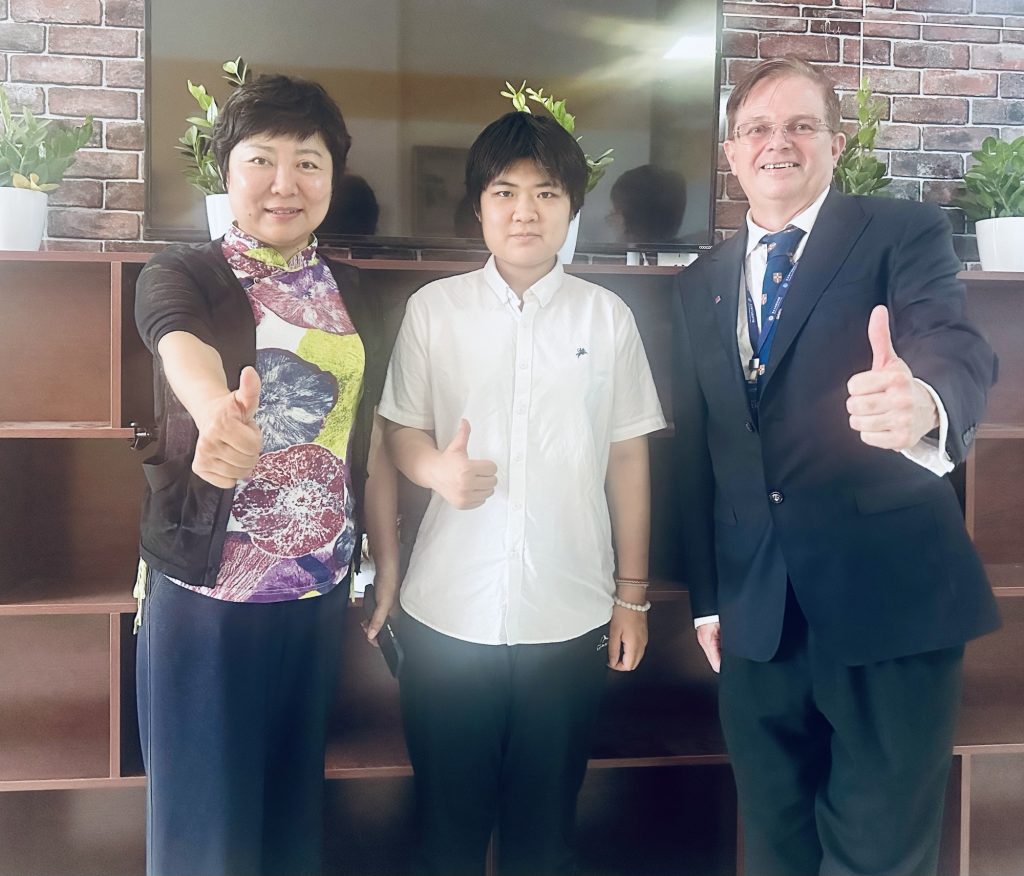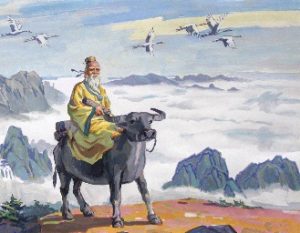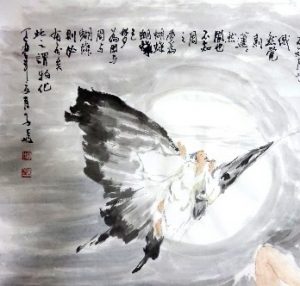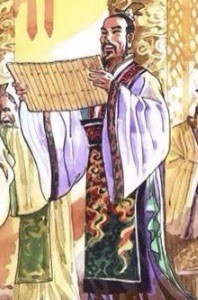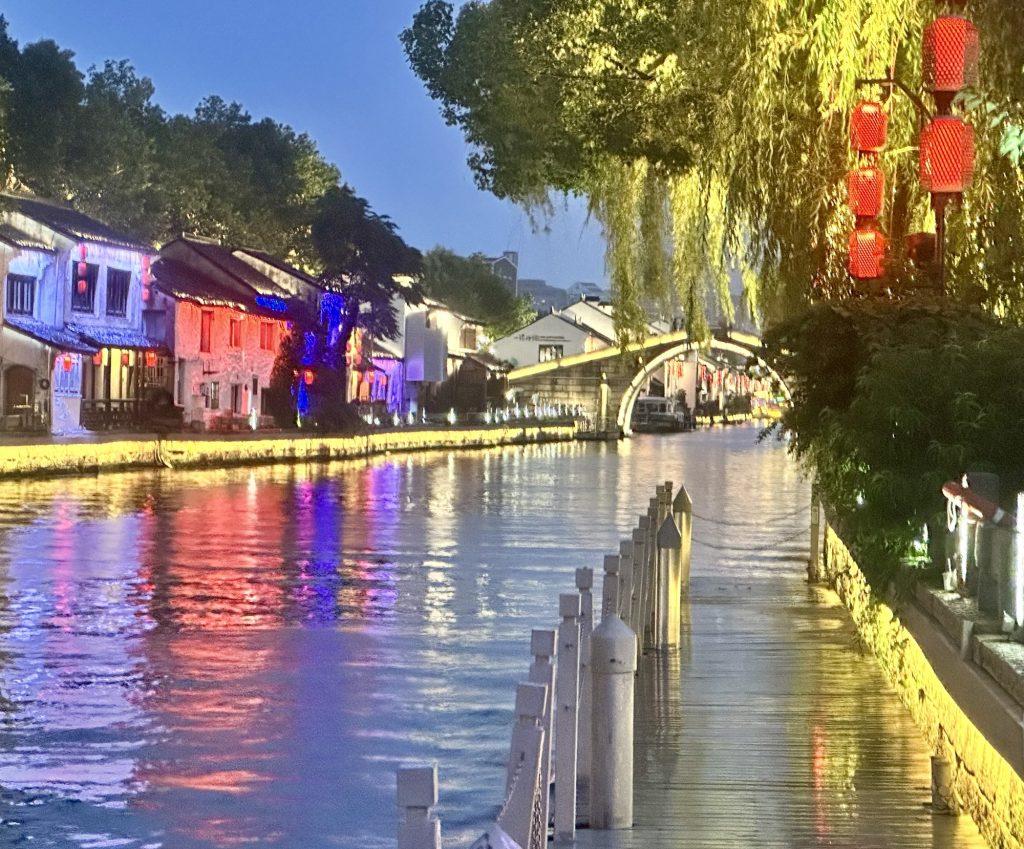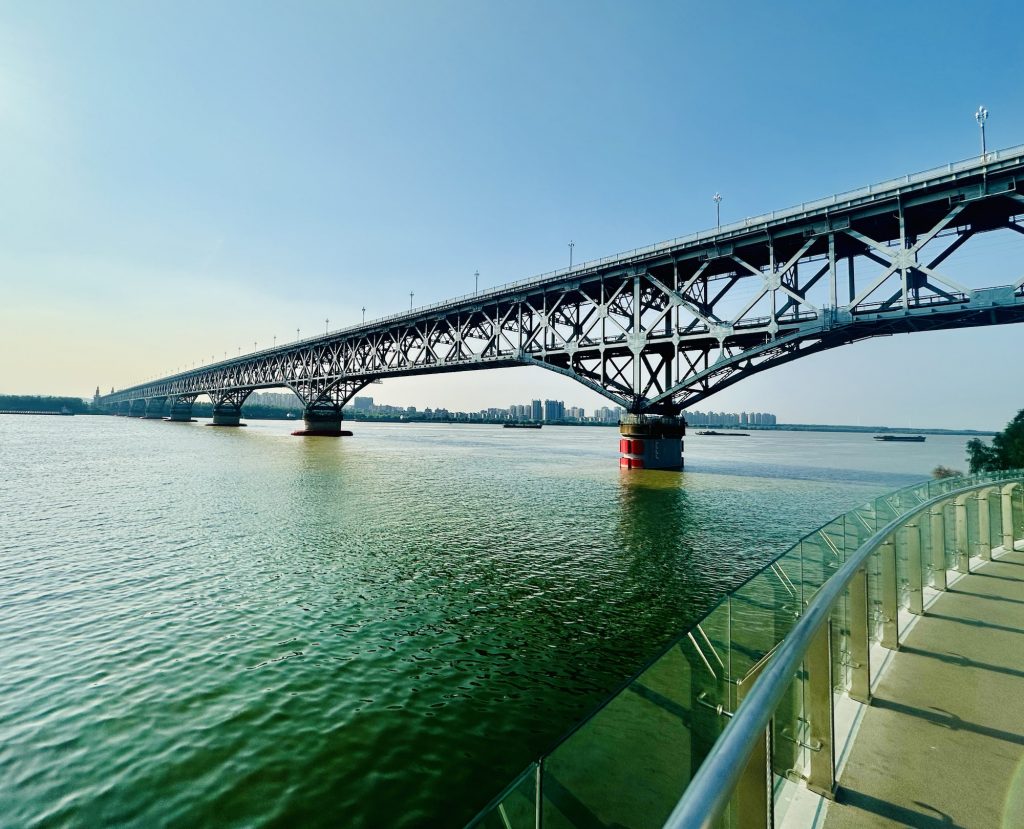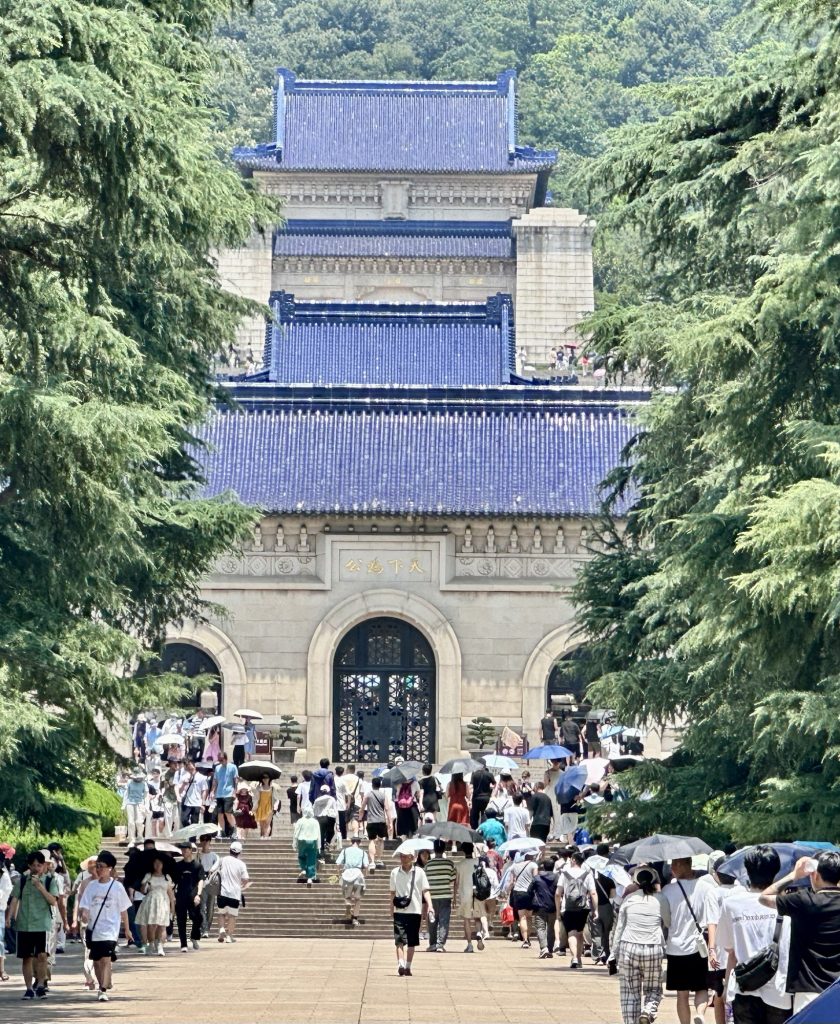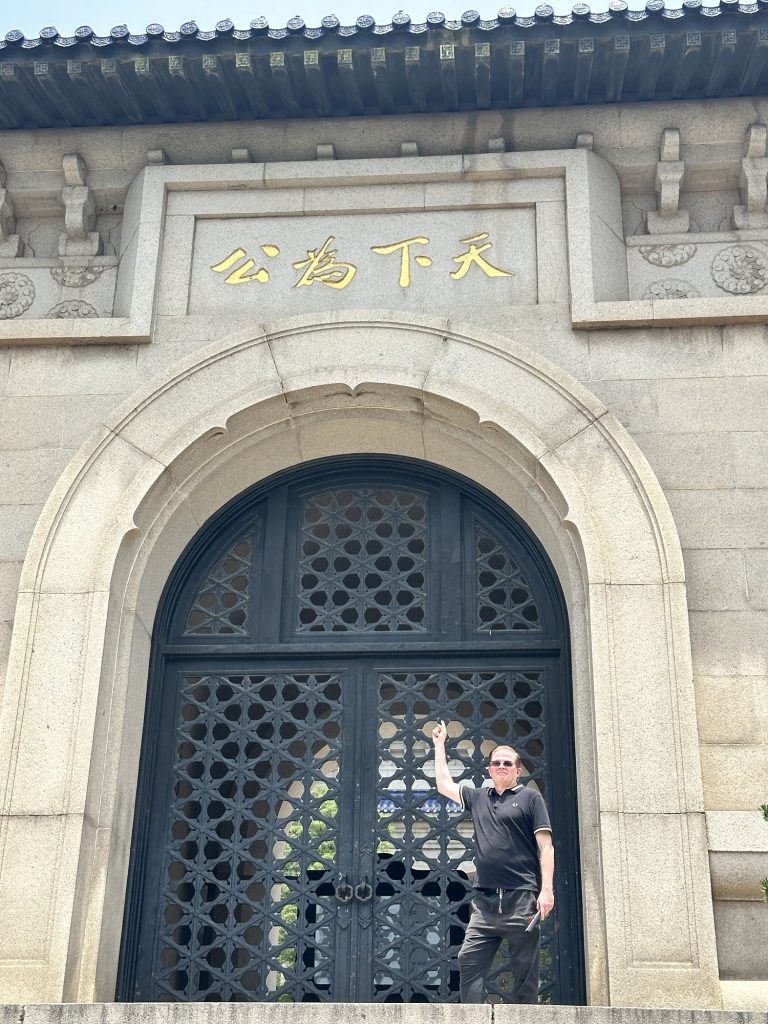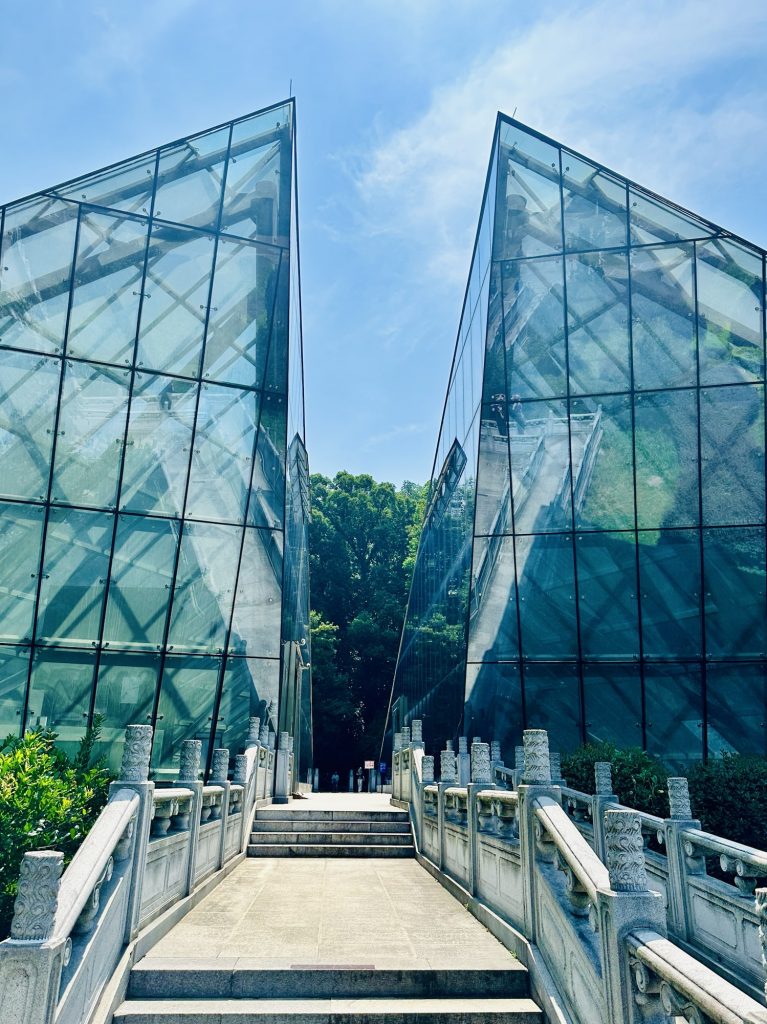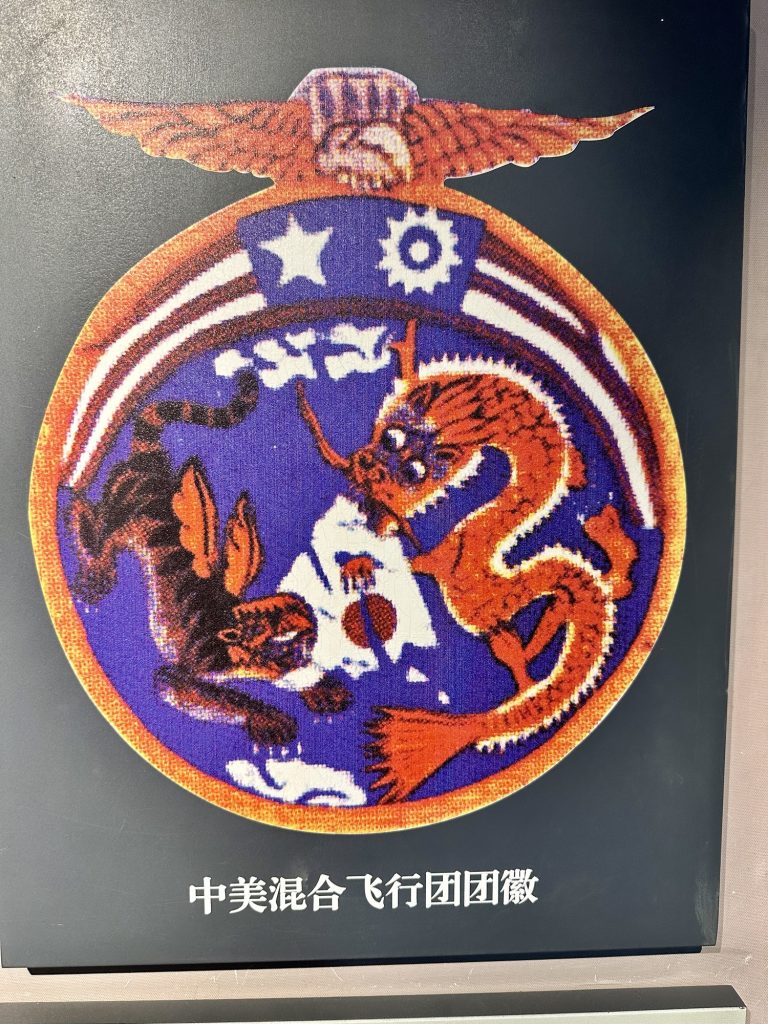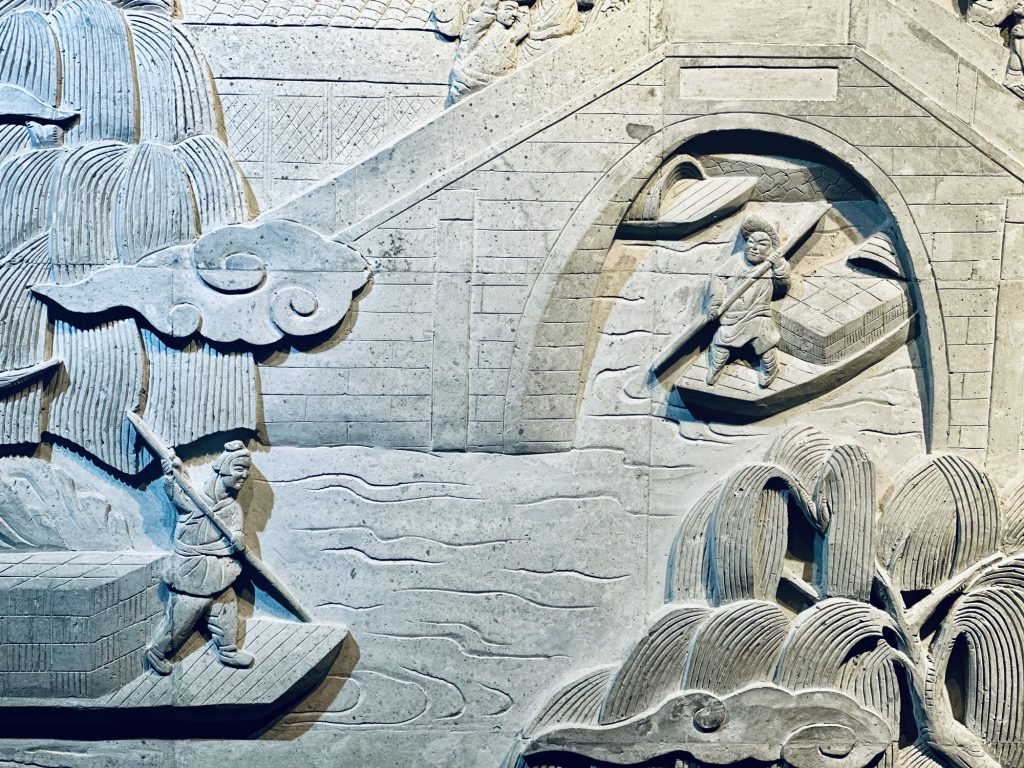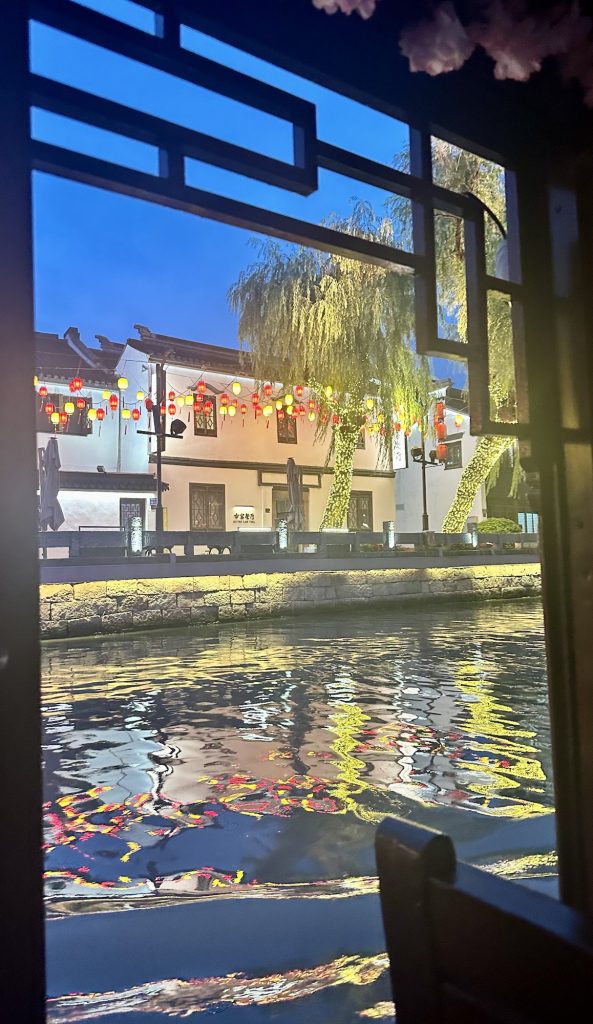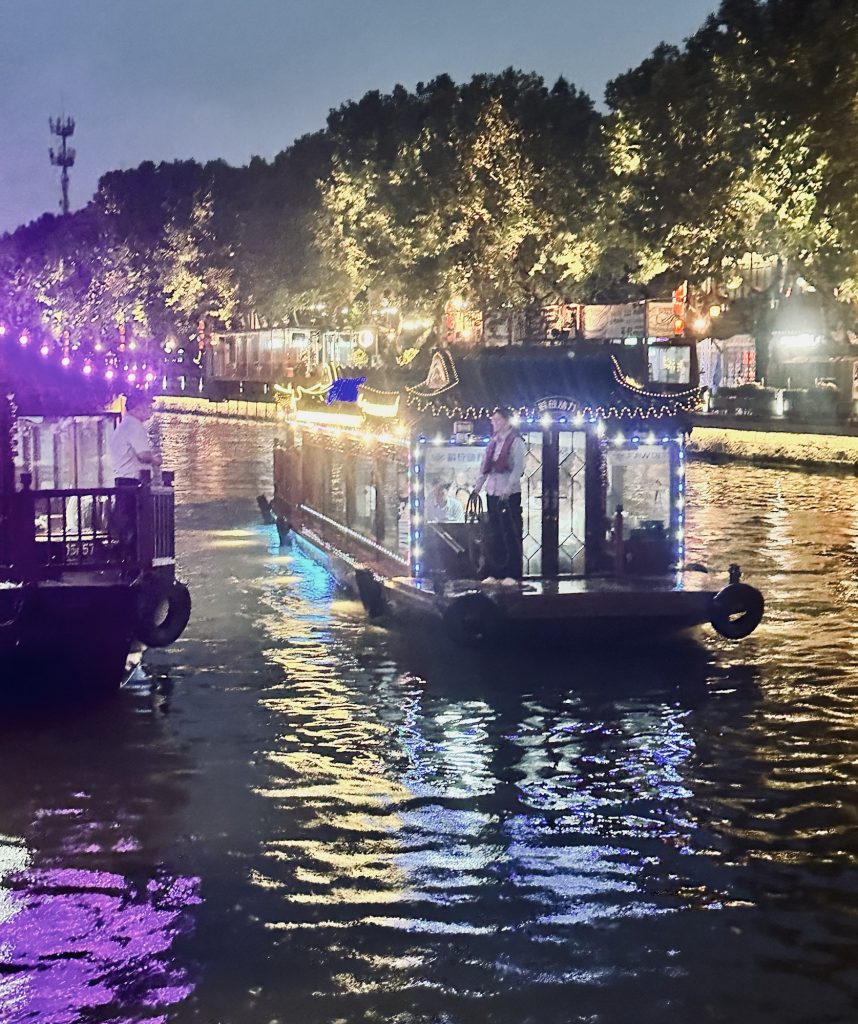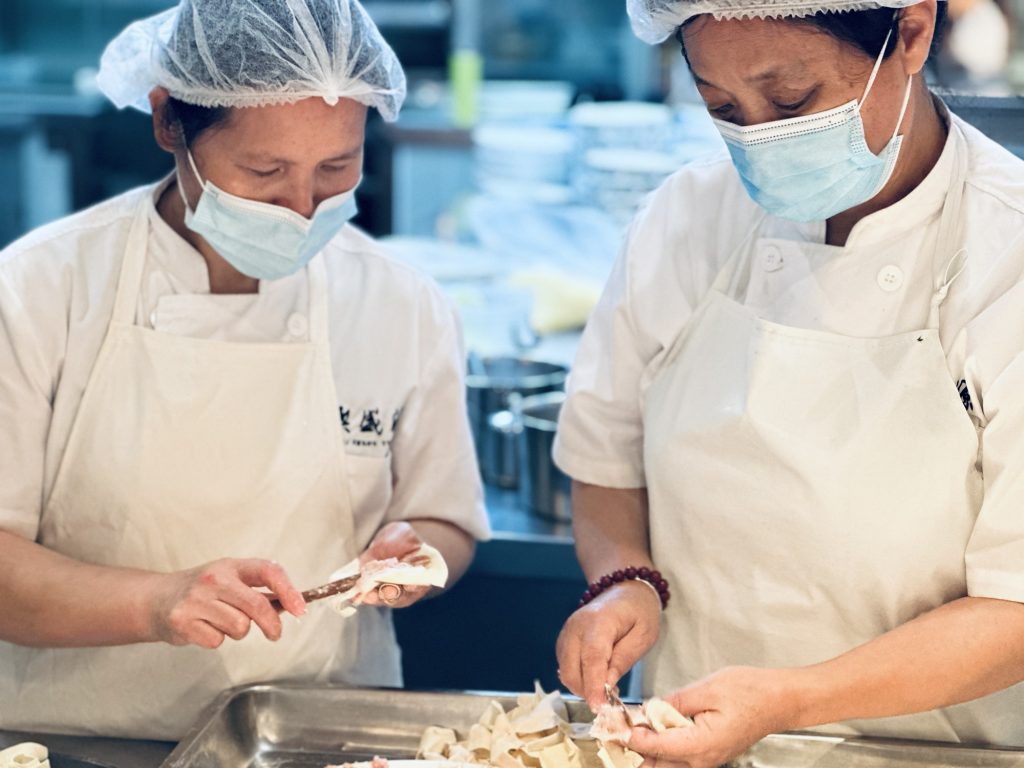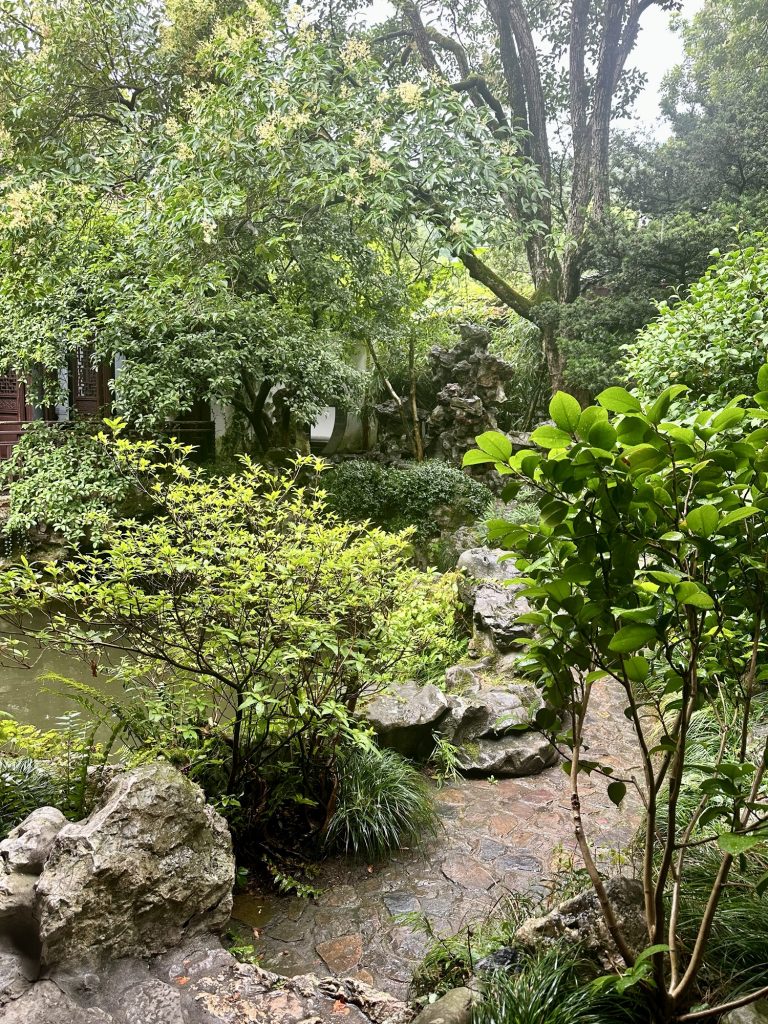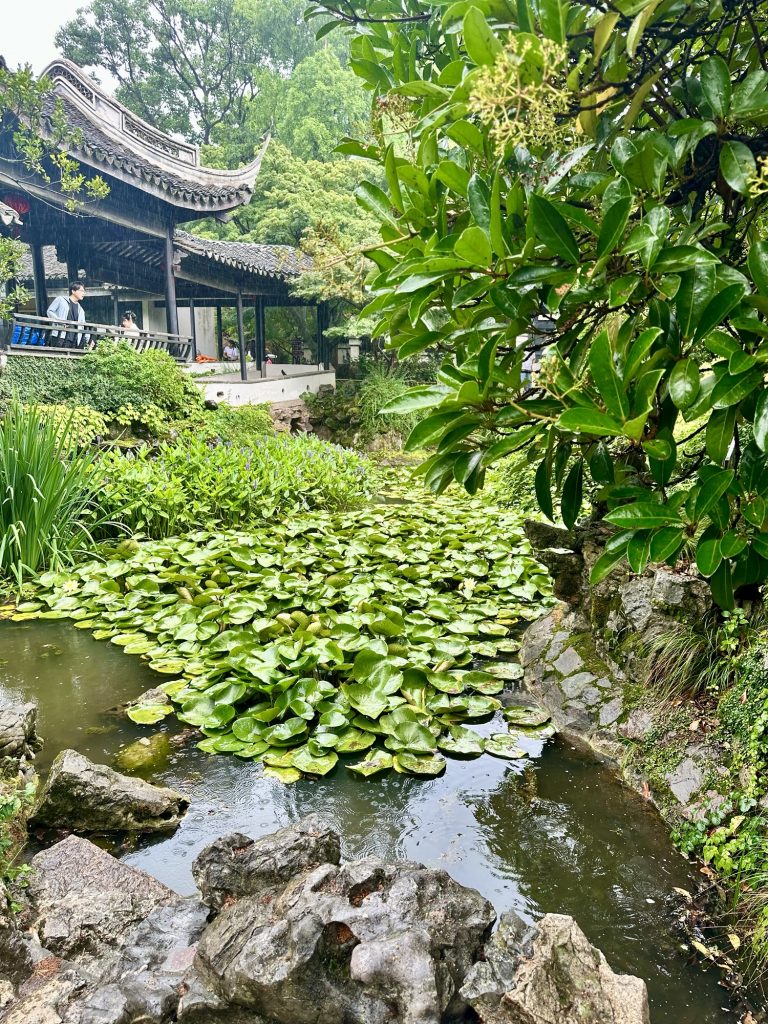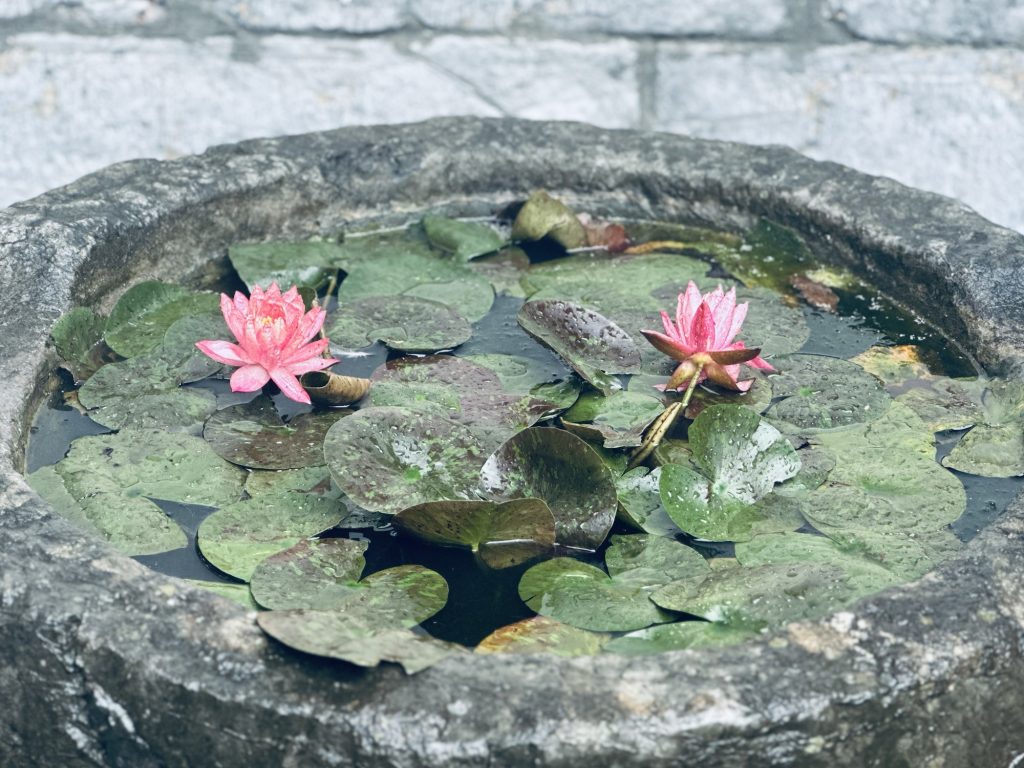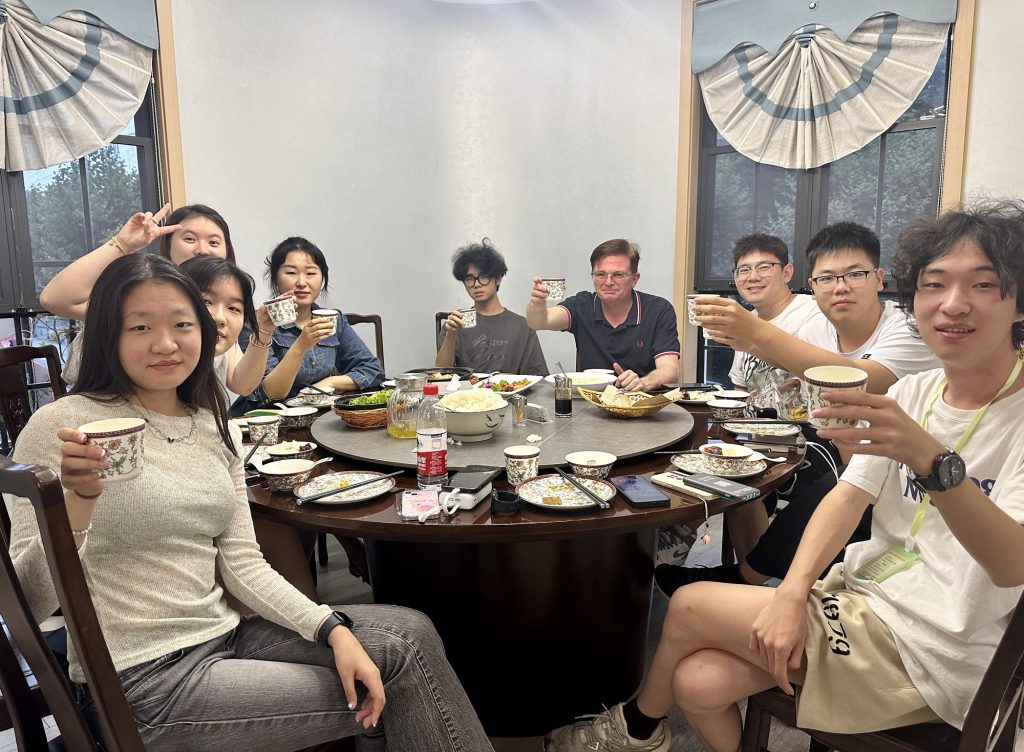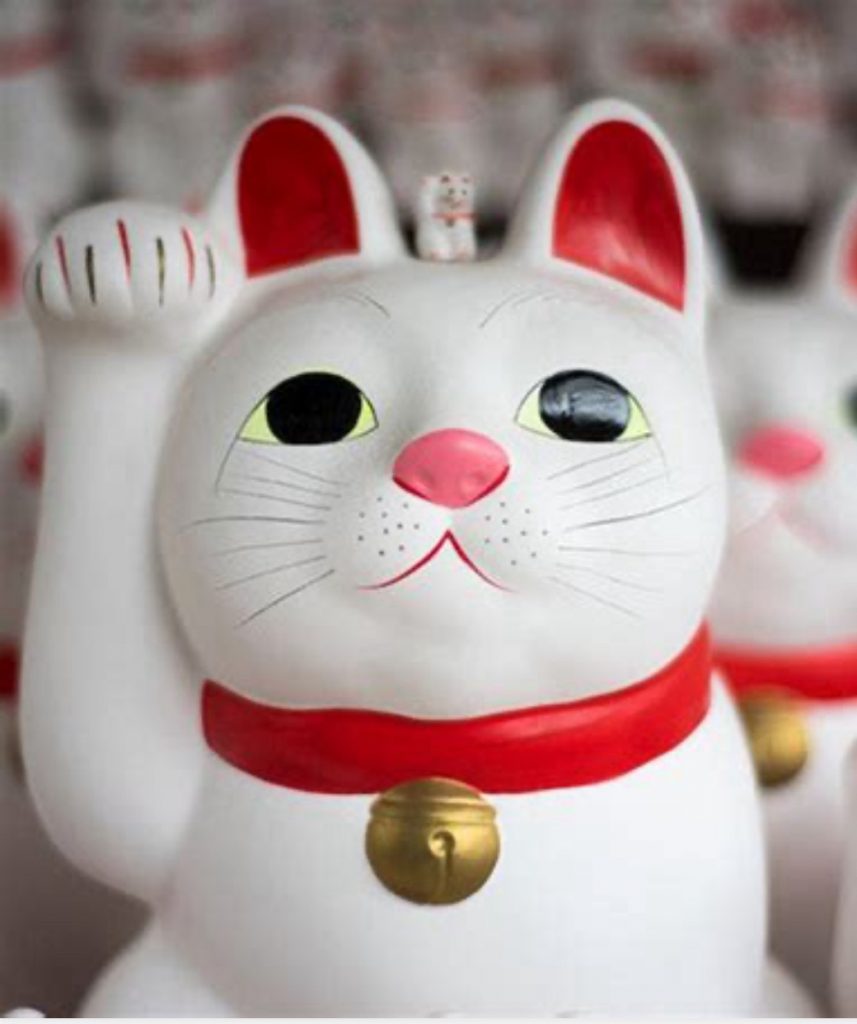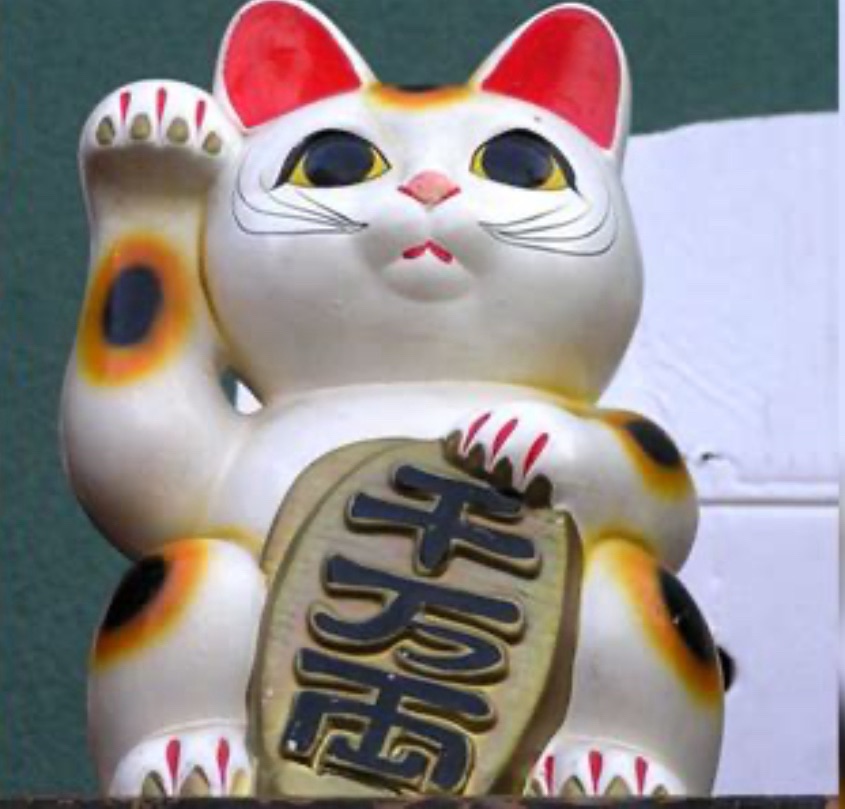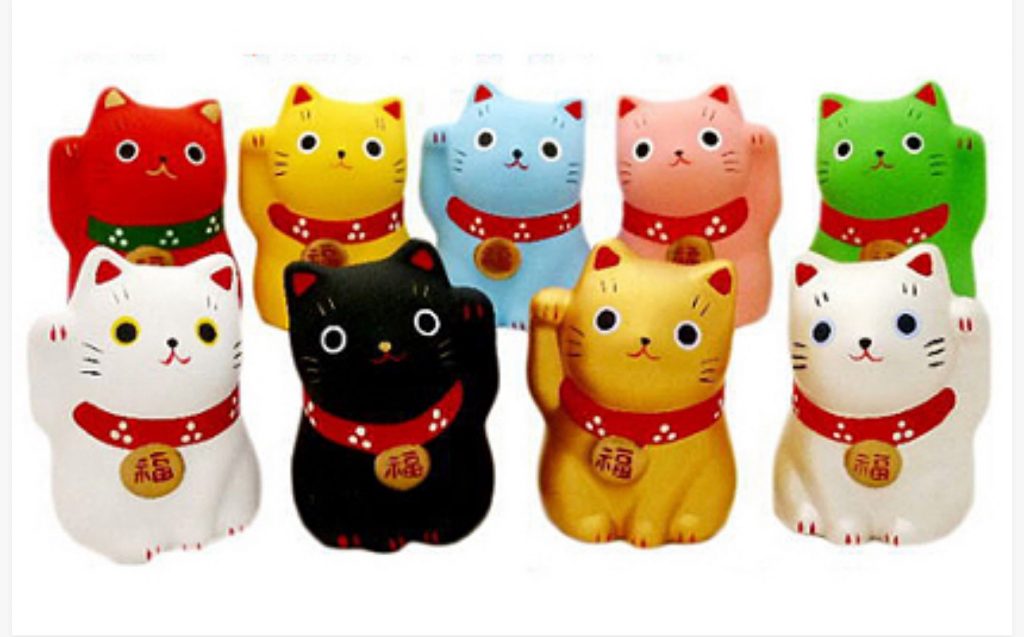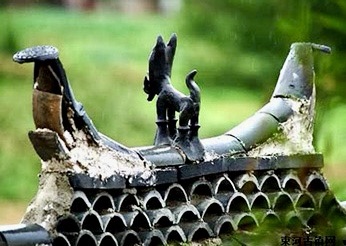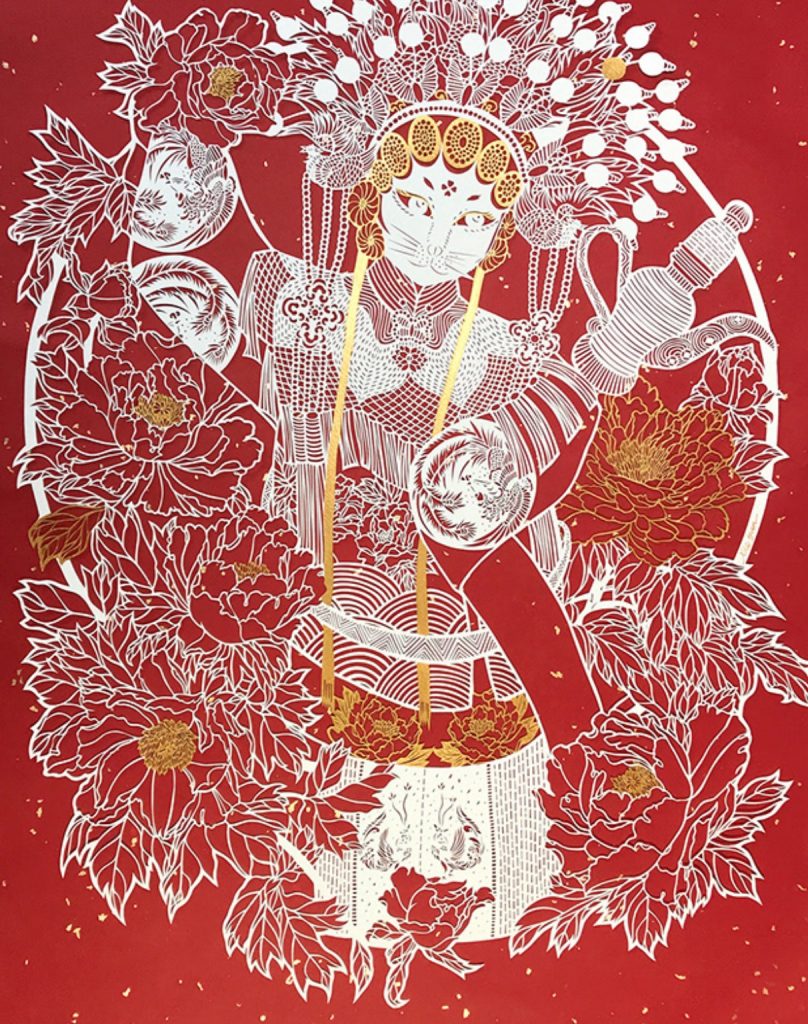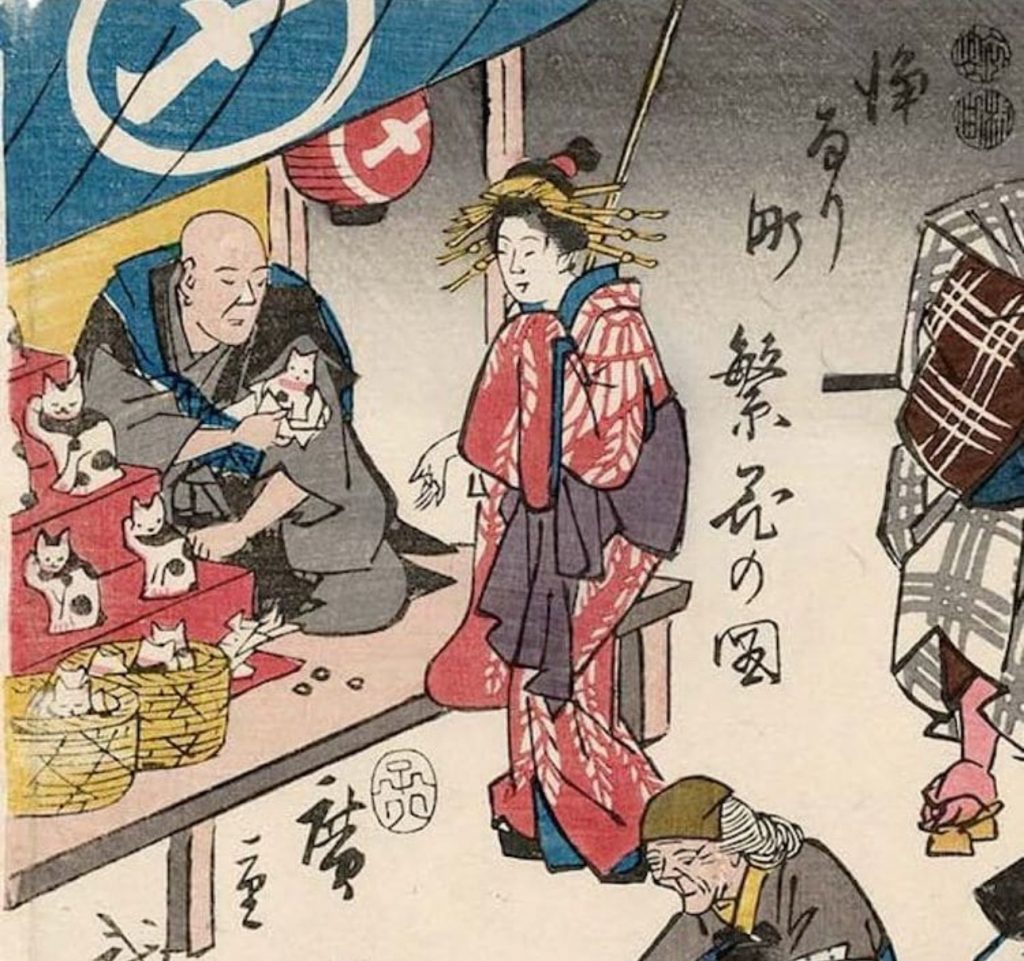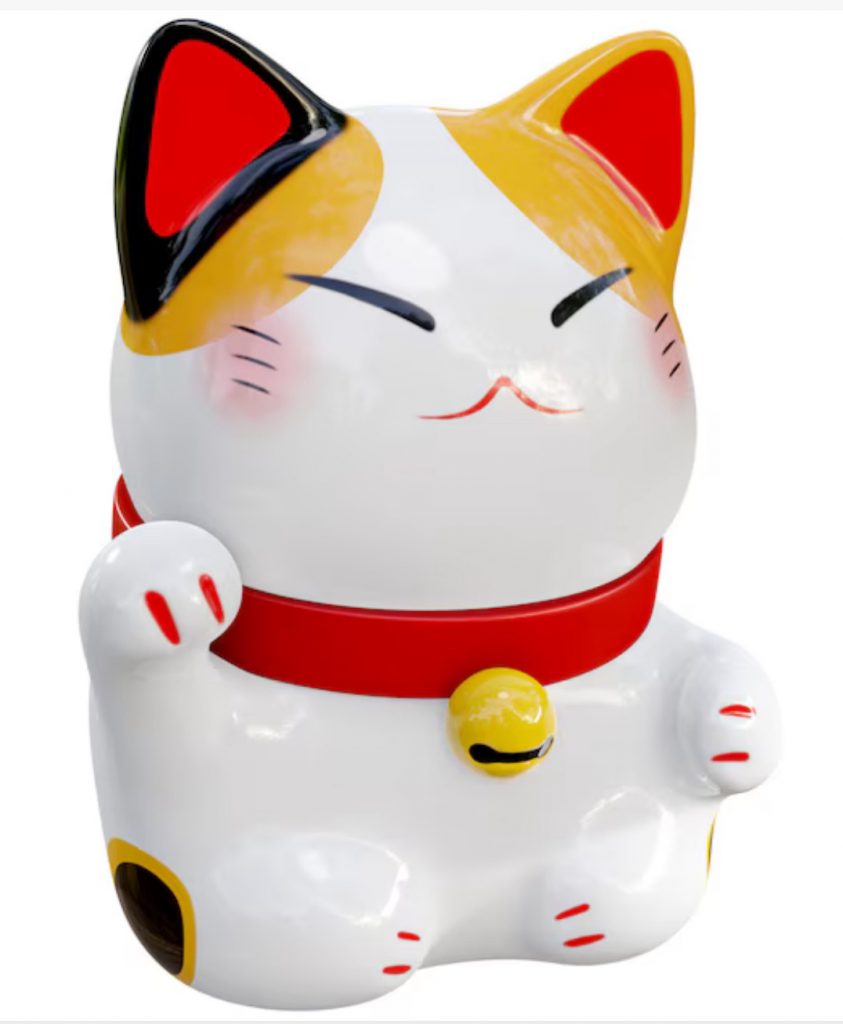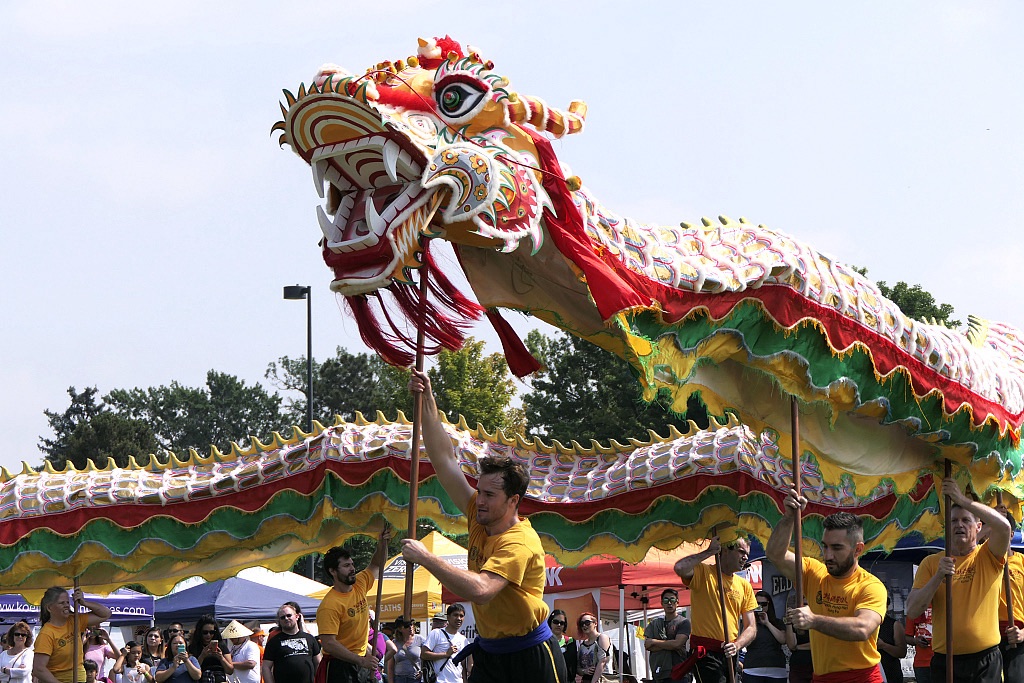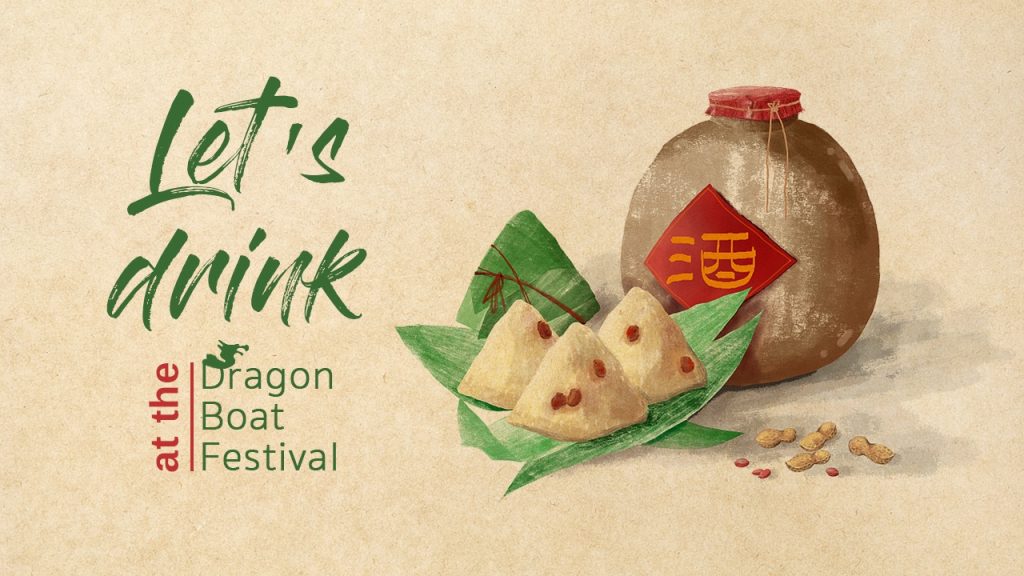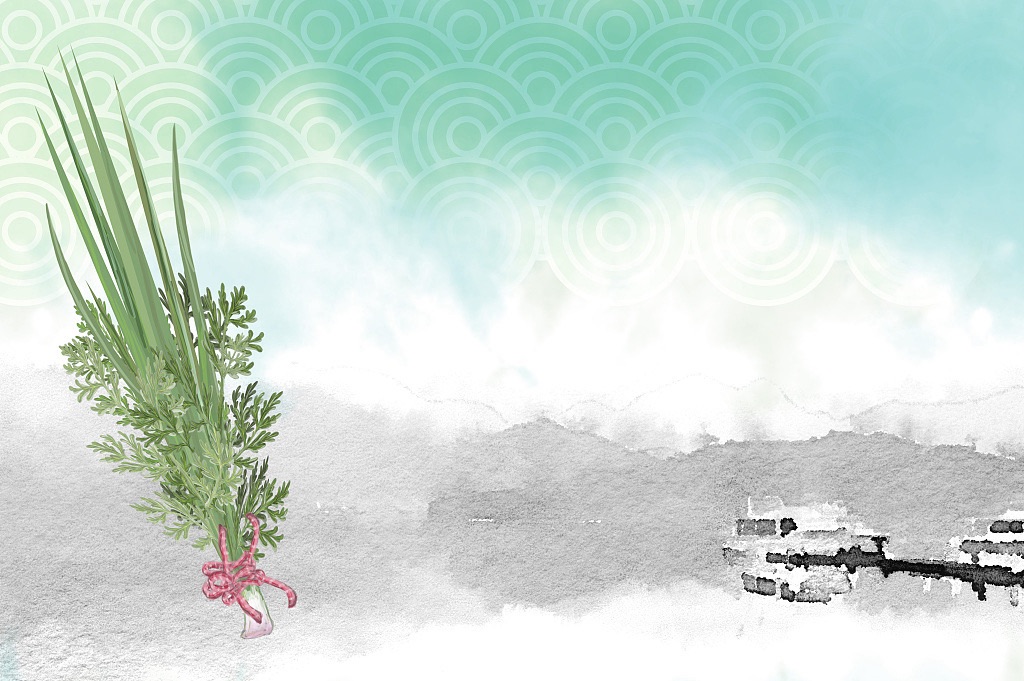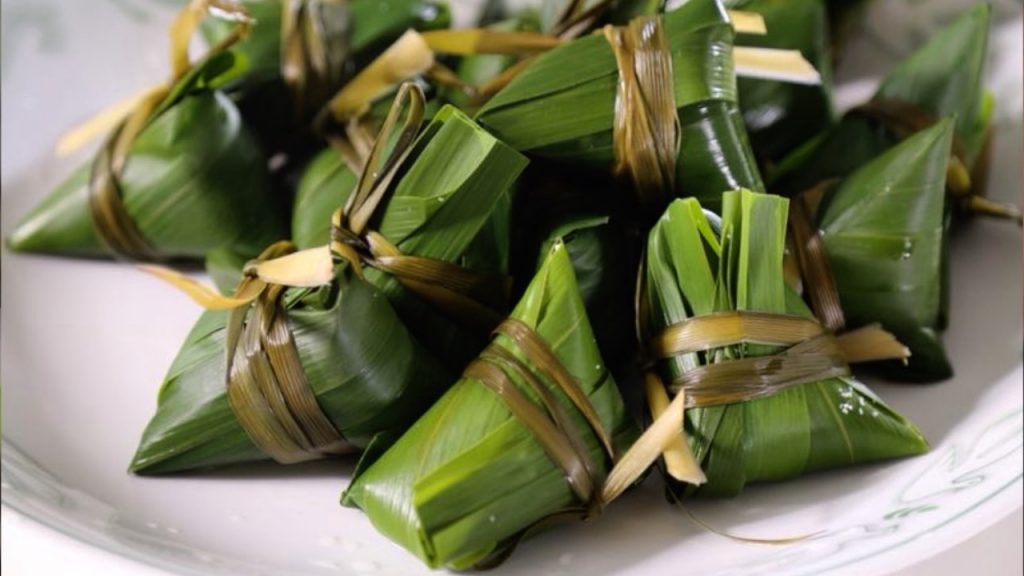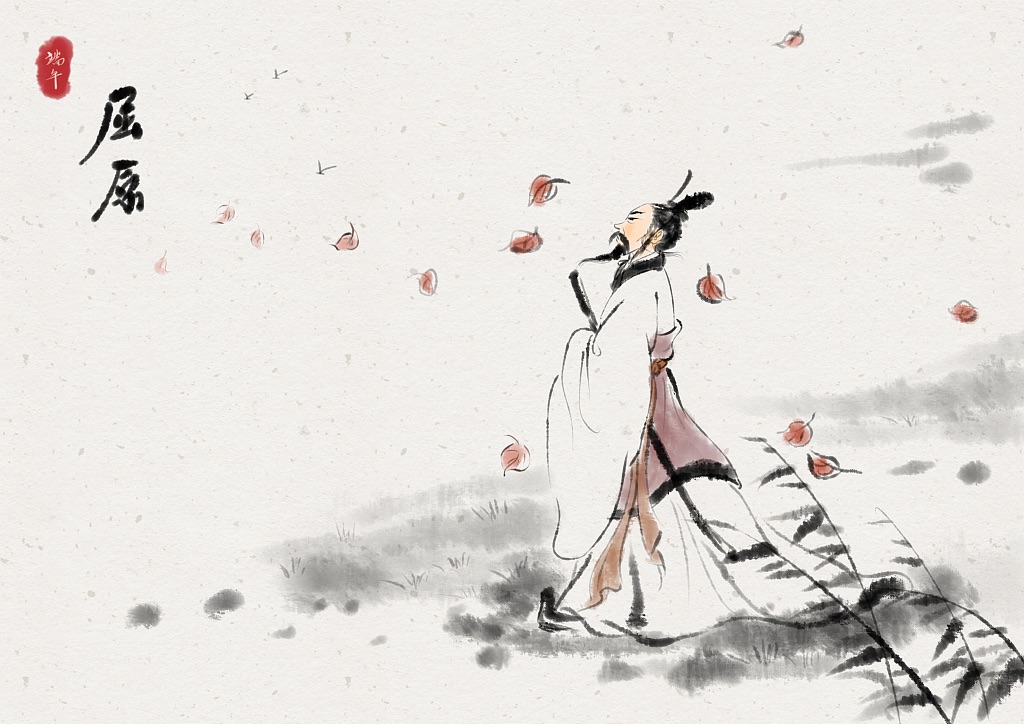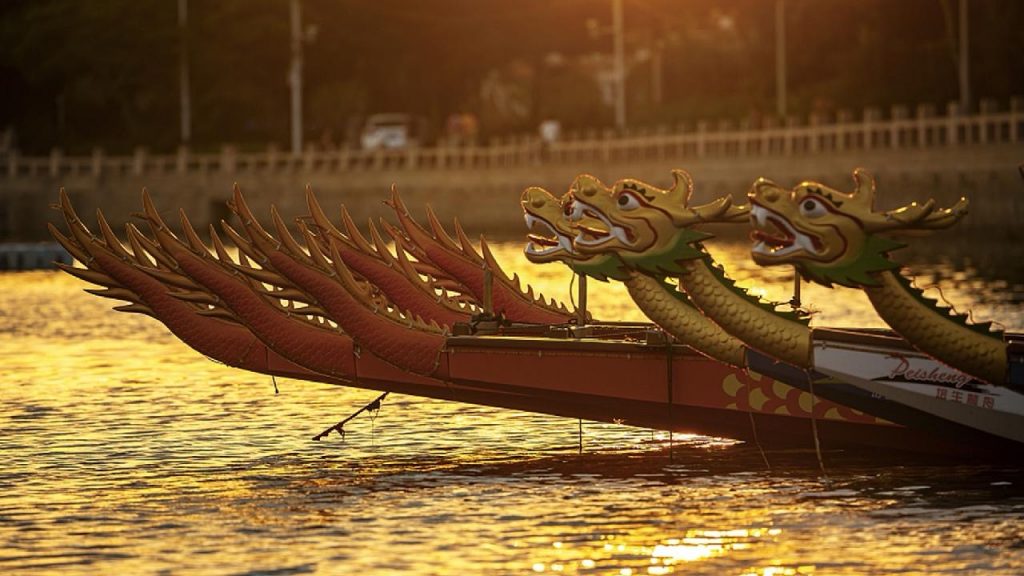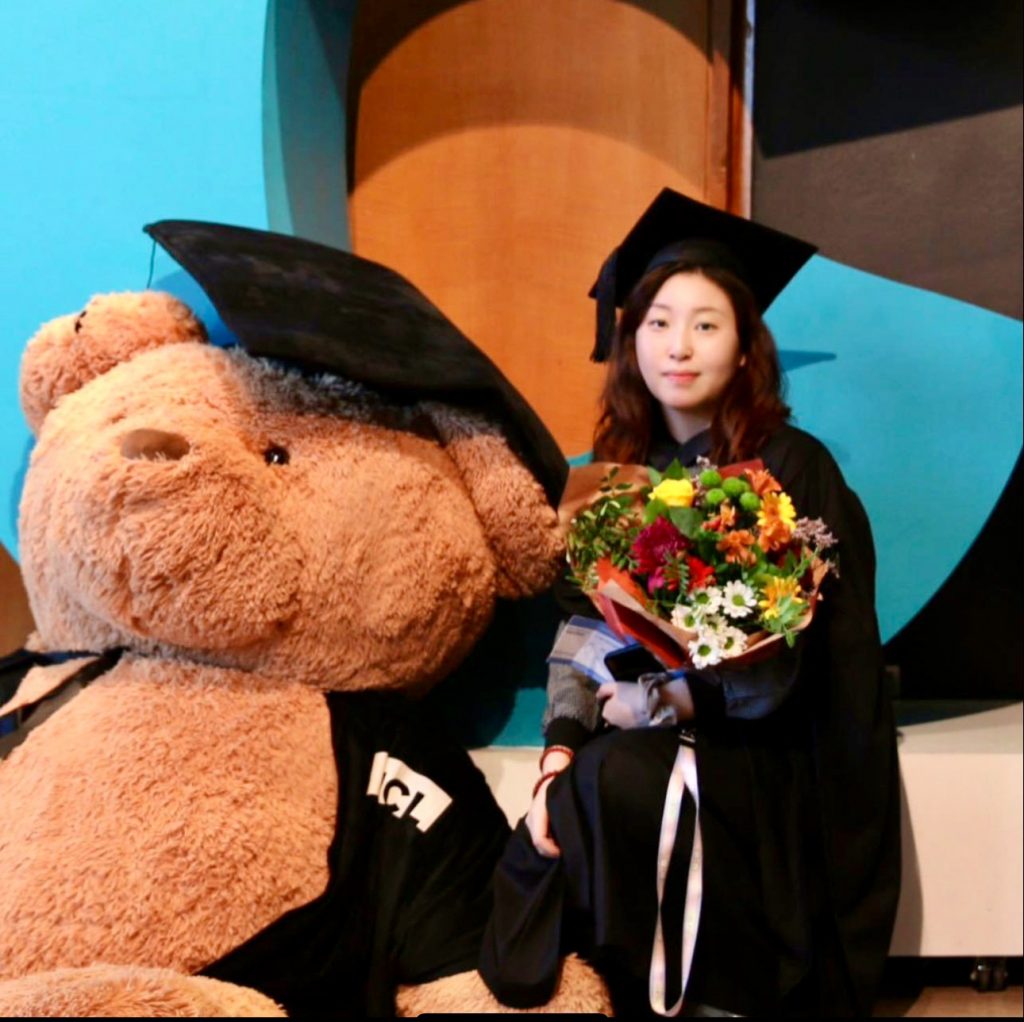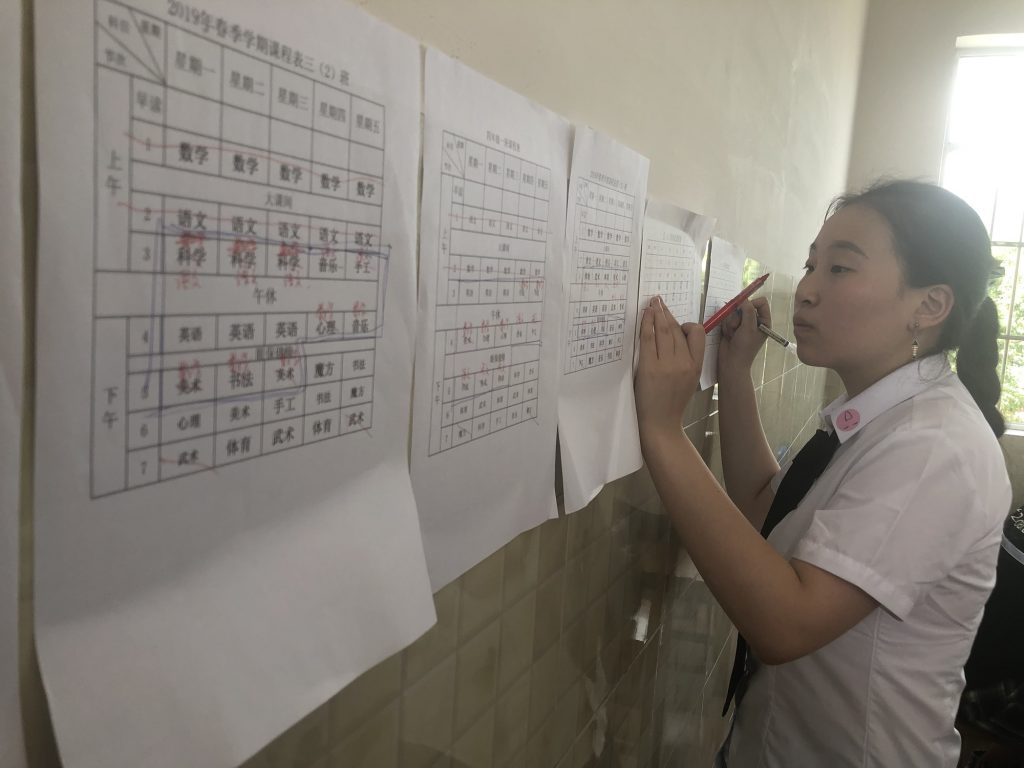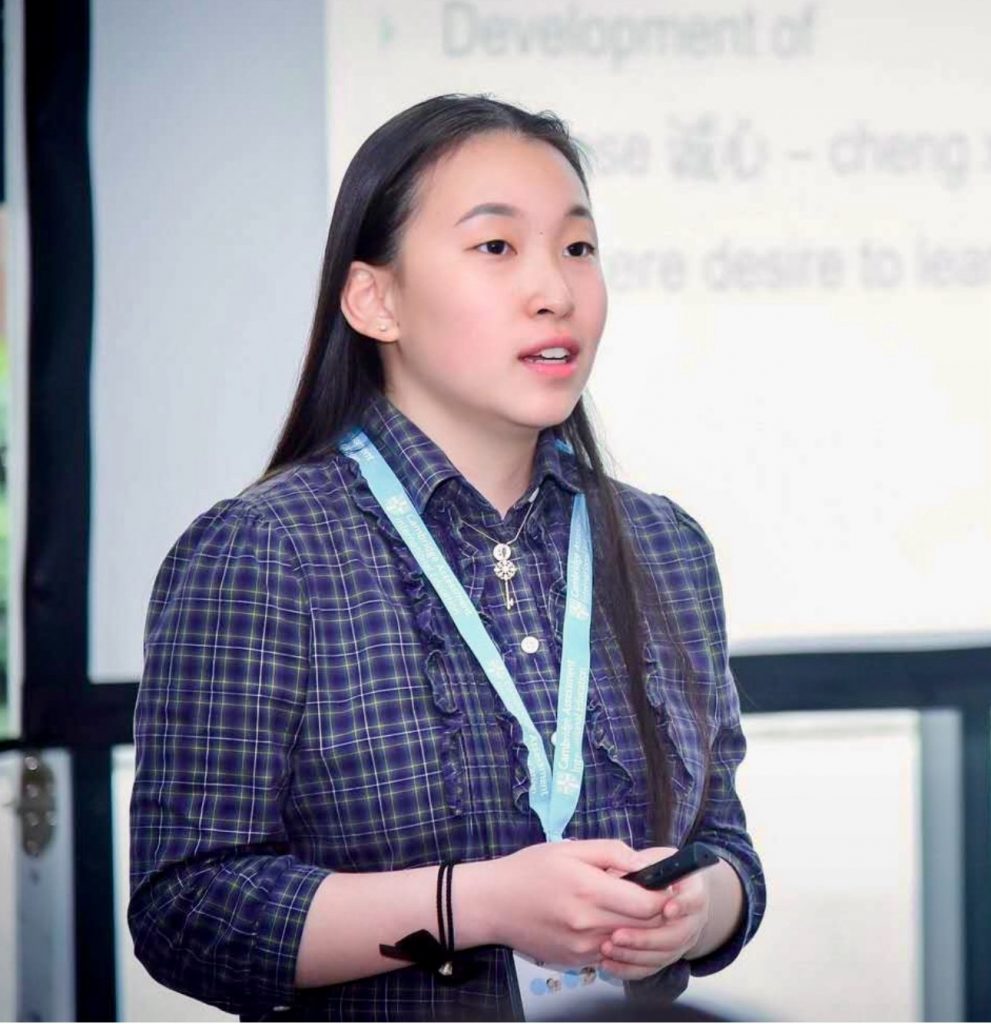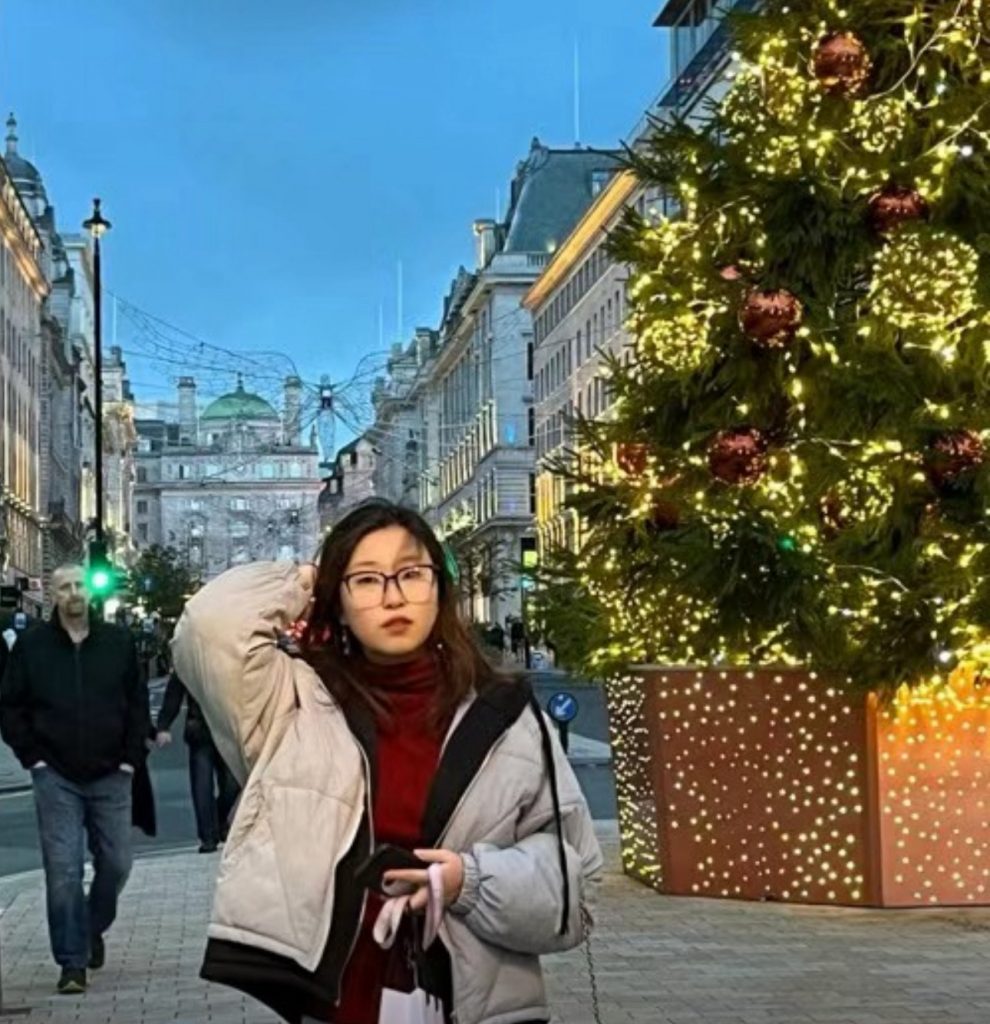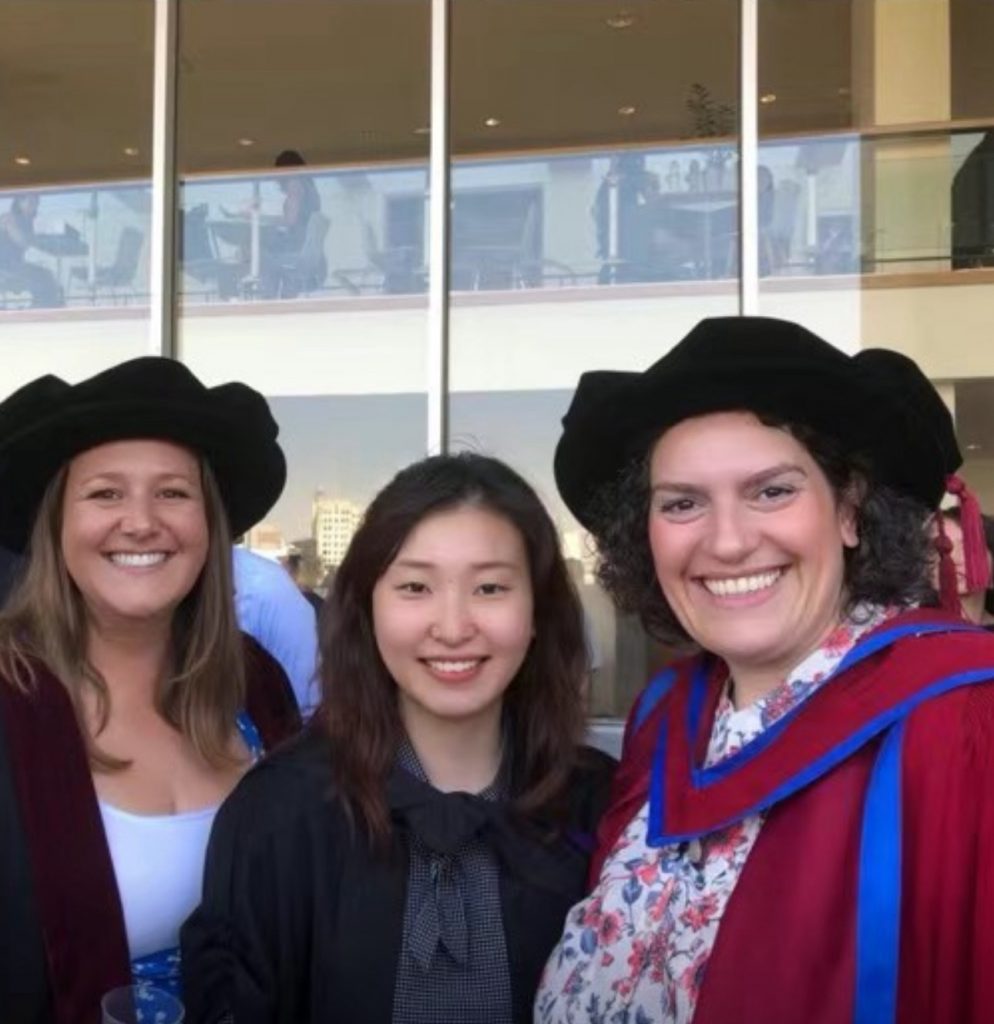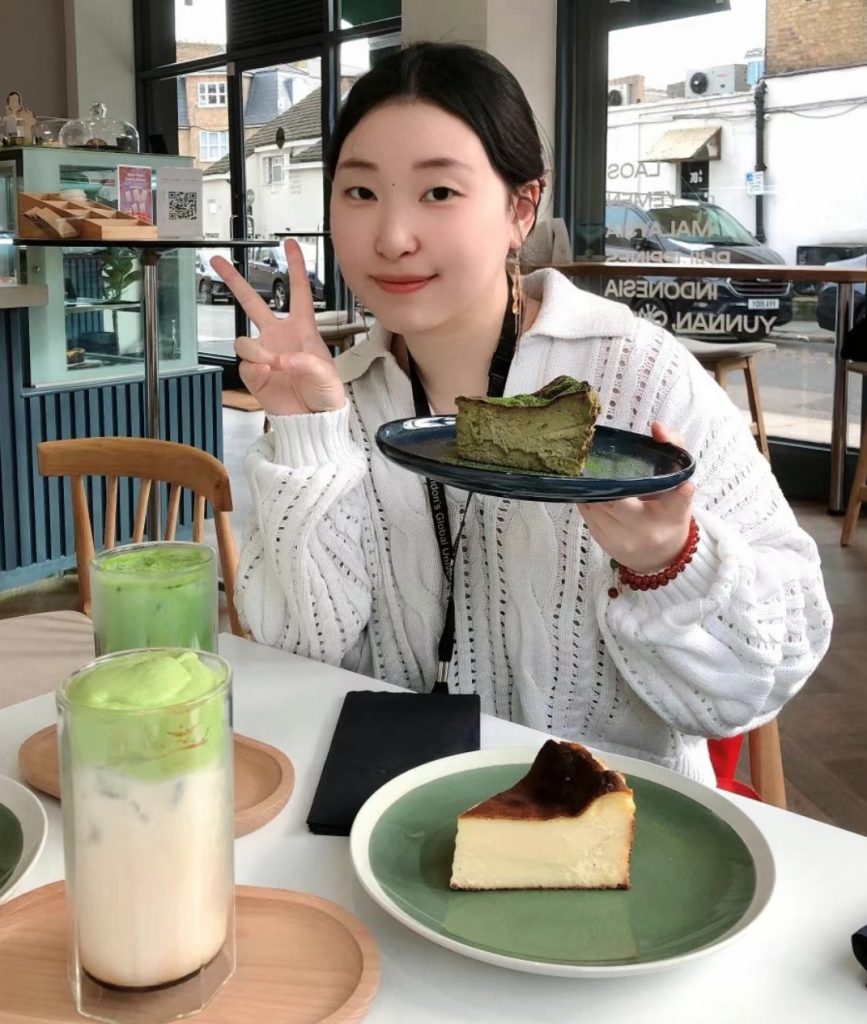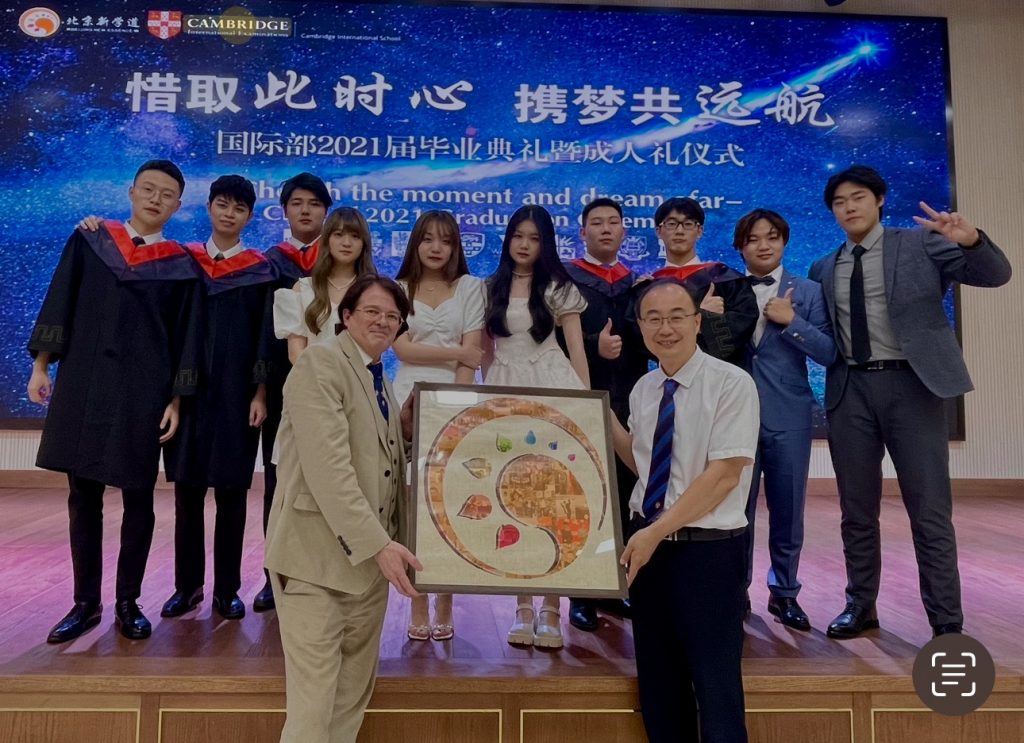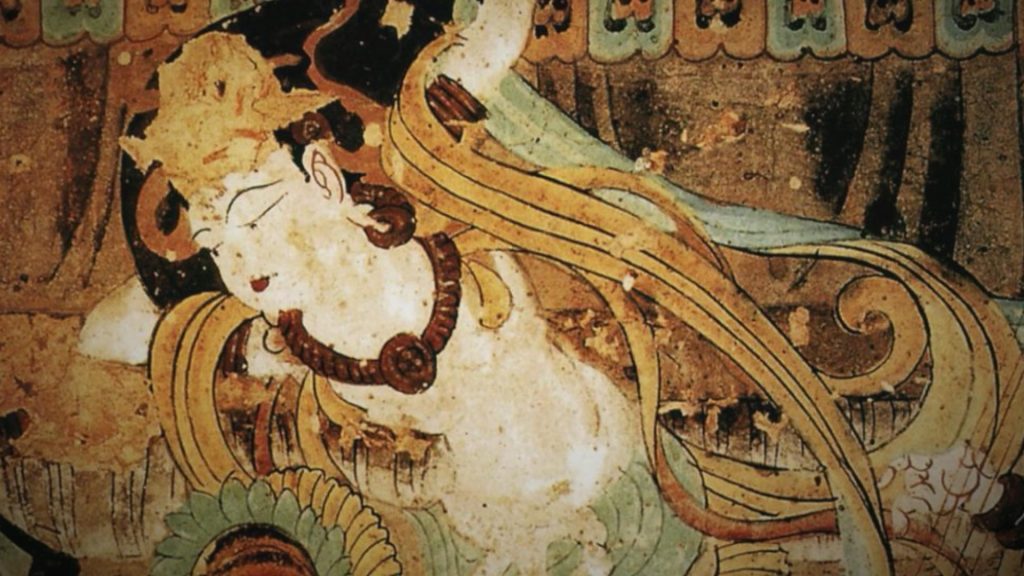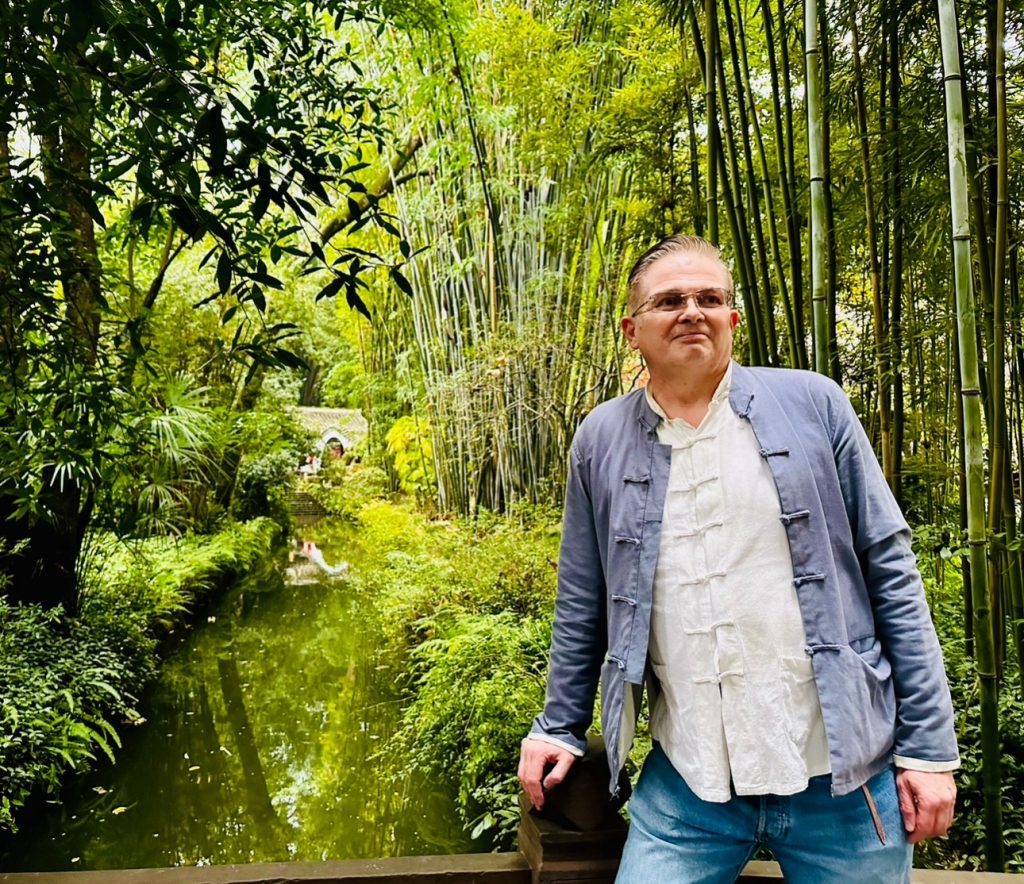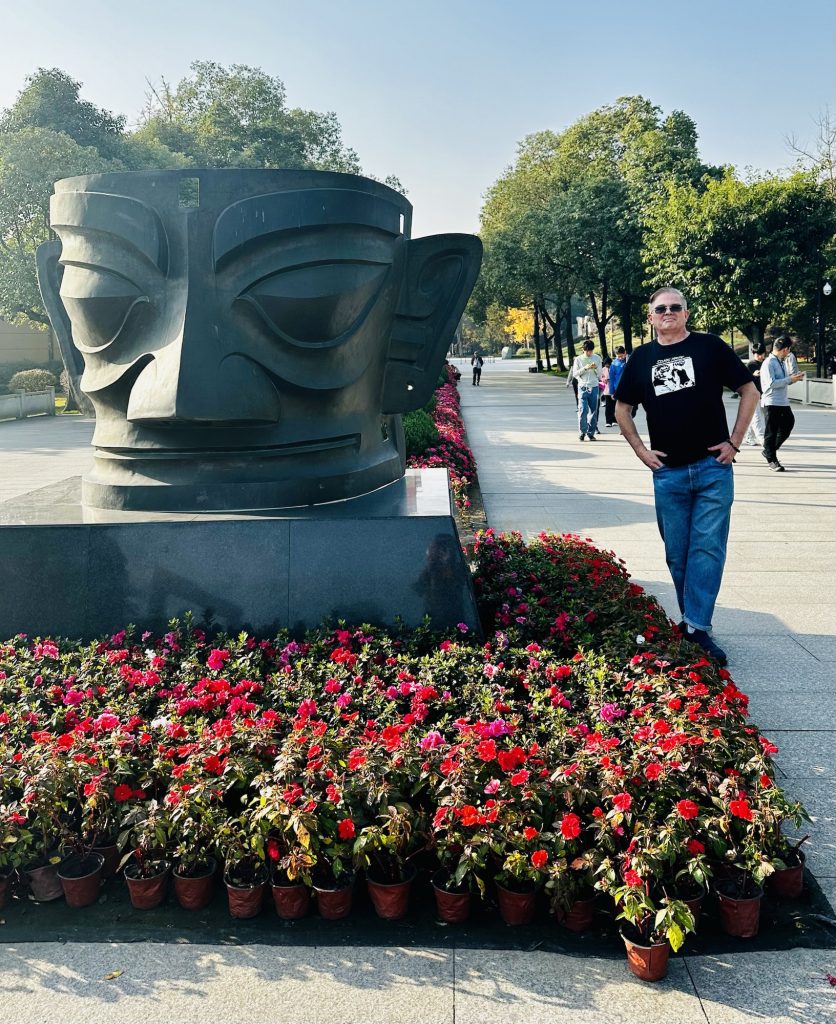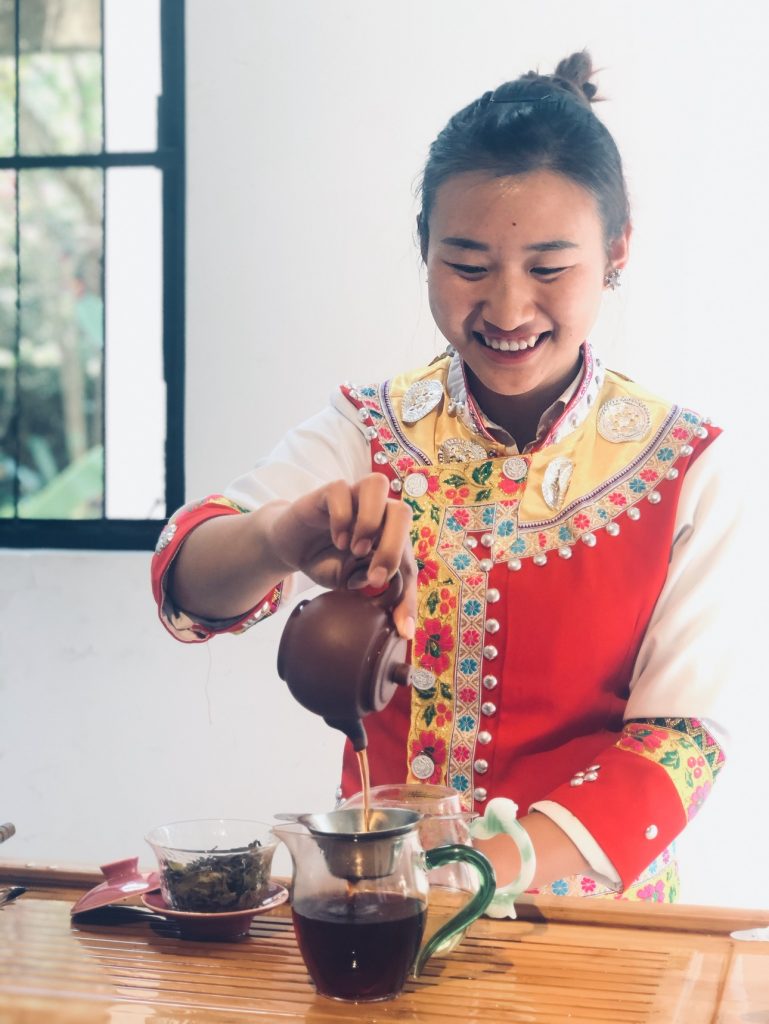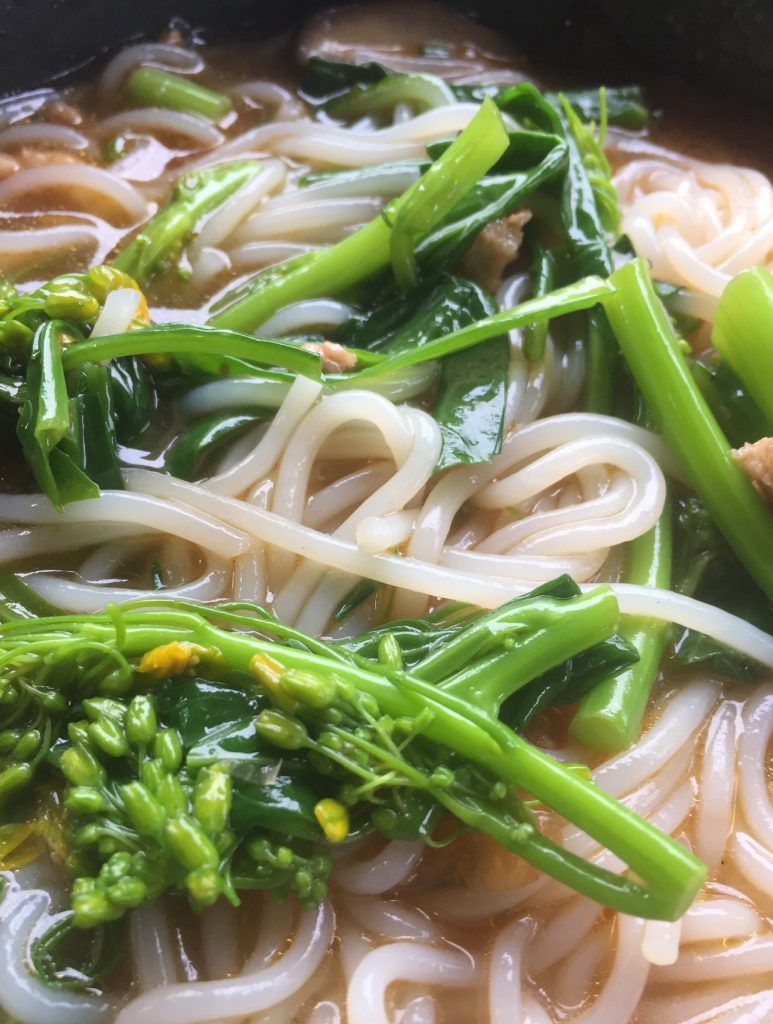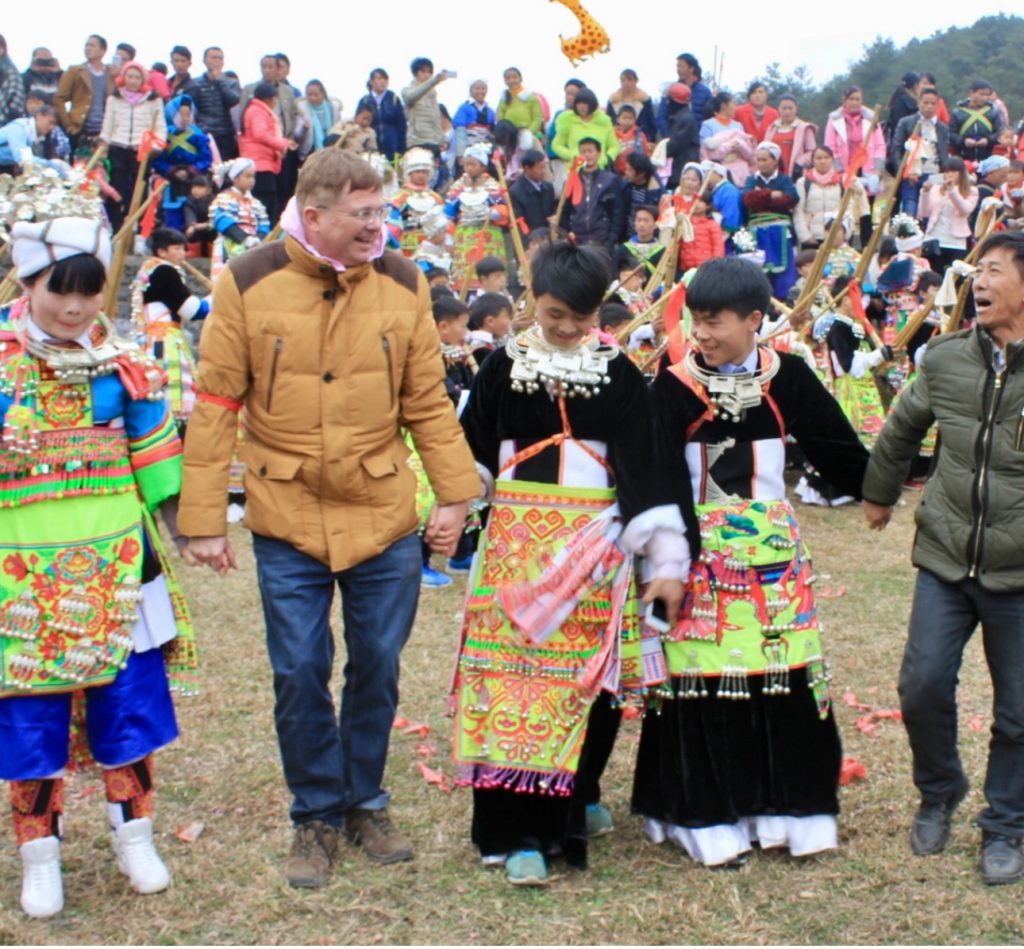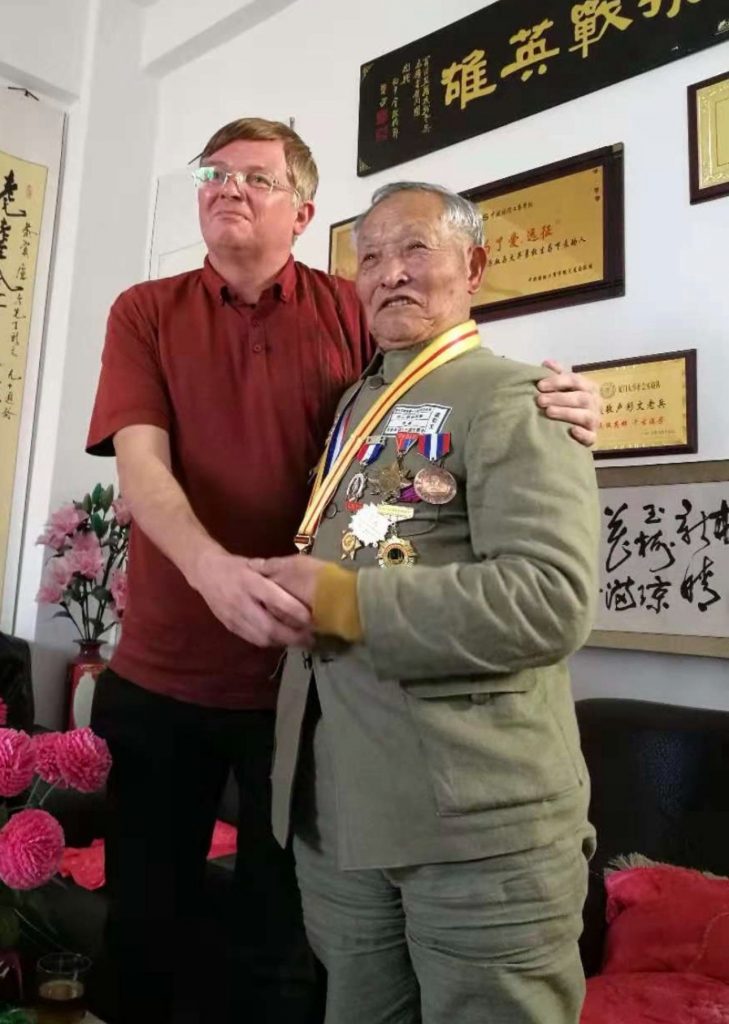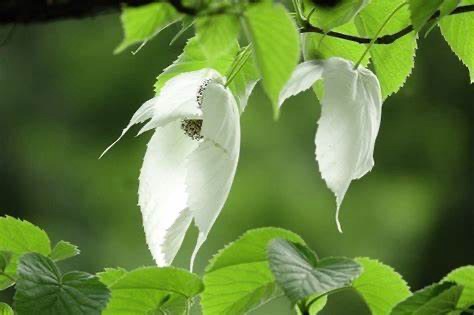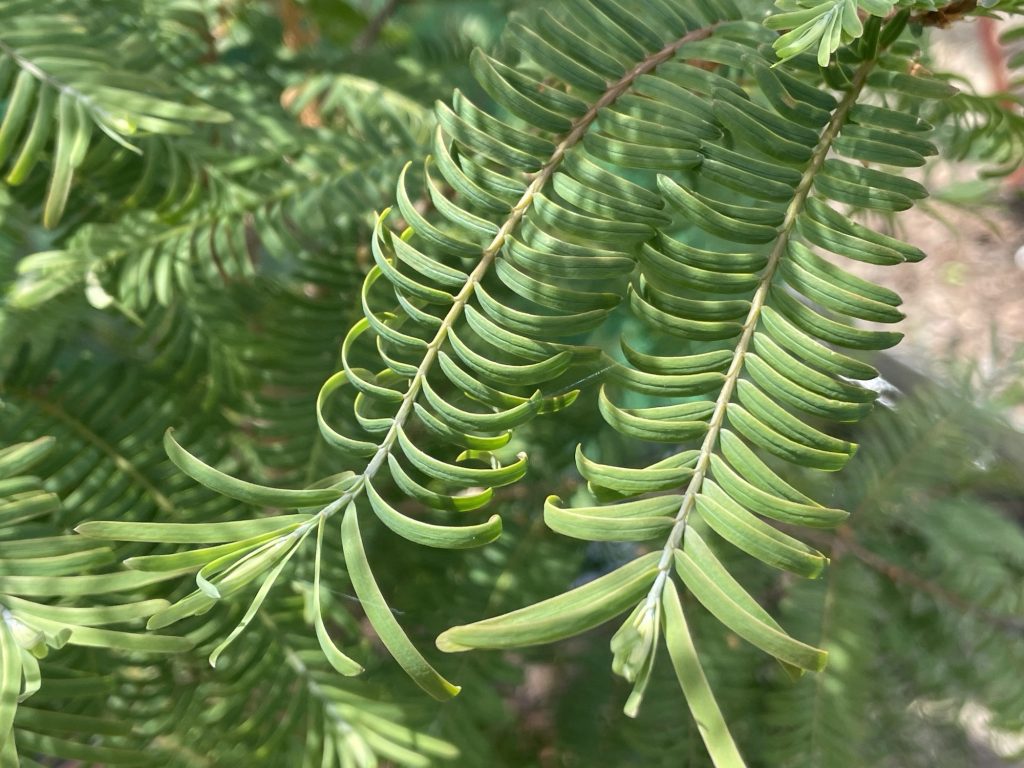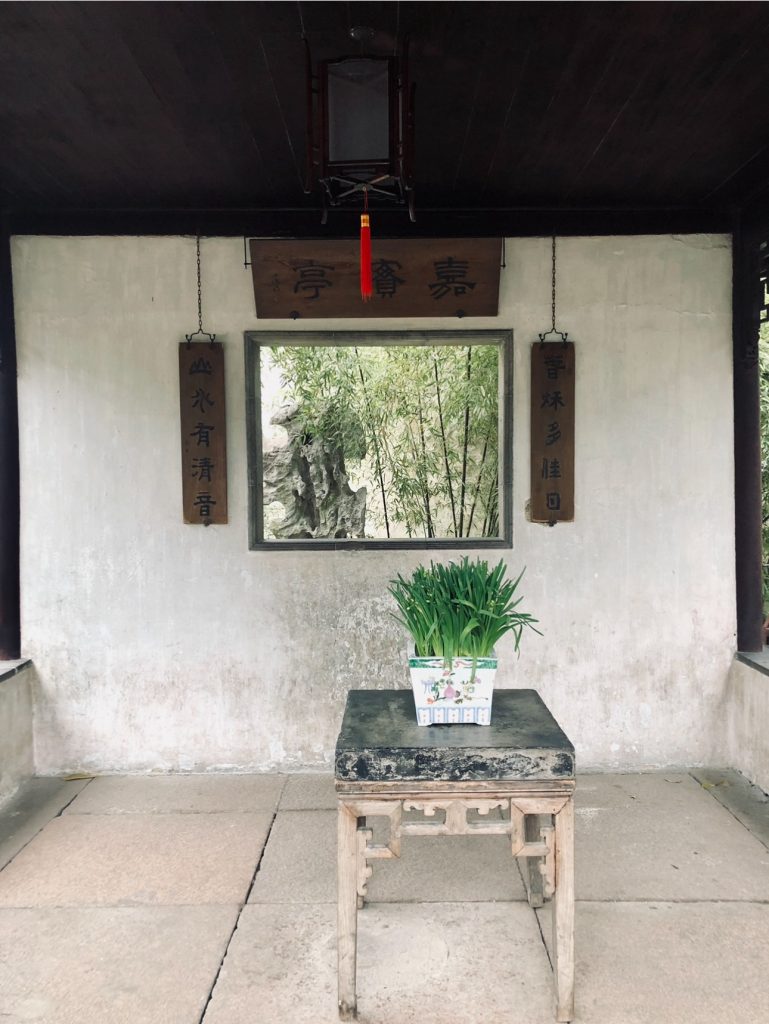
In this week’s Blog I am proud to present the award winning essay of Olivia Philips.
Here is her self- introduction:
My name is Olivia, I’m 17 years old, and I go to Highgate School in North London. I recently moved to London after living in Hong Kong for 13 years, and now study Mandarin, History, Politics and Biology for my A-levels, and I am hoping to study Chinese and Politics at university. My hobbies include baking, playing netball and reading, in which after I started learning about politics for A Level, have become more and more interested in international relations and global politics.
I think SACU’s mission to promote cultural understanding and co-operation is extremely important in bridging societies which have previously evolved apart, politically, economically and socially due to globalization and polarizing politics. This mission is critical in creating cohesive governments and promoting inter-governmental co-operation between the UK and China, which can ease hostilities and reduce tensions amplified on an international level. I think that political cohesion and harmony will promote economic unity and ease (including in trade). I hope that this can positively impact society, through politics bridging different cultures, identities and people with different social and traditional values in the UK and China, which can create a more harmonious and accepting society.
And here is her essay:
In modern day Chinese society, harmony is an embedded philosophical notion, stemming from Confucianism and Taoism which dictates the foundations of Chinese society: in terms of its values, social hierarchy and social norms. However, such an ambiguous and equivocal word also intersects with Chinese political systems, origins of traditional customs and the economy. Accelerated under the leadership of Mao Zedong, who aimed to create a socio-communist society rid of oppression and inequality, achieving harmony (within China) and with other nations (including the UK) has become synonymous with success.
‘ This essay will explore the theories and realities of harmony and how China’s various leaders have influenced its previous harmonious relationships with international nations, often forcing China to reconsider the definition of harmony. Personally, I view harmony in the cultural context of the UK and China as a sharing of a deeply embedded philosophical idea, which is shared with international nations to strengthen their political relationship and create a bridge between two vastly different social and cultural nations. Therefore, this essay will explore harmony in the cultural context of China and the UK in two critical domains: through its philosophies and sharing of intellectual ideas through its literature and through international relations.
Harmony is an intellectual concept which Chinese society orientates itself around, and under the leadership of Chairman Mao, Hu Jintao and Xi Jinping, China now has the notion of the “Chinese Dream”. Despite these political leaders spanning over over 70 years, harmony has always had an overarching influence over China’s political elite. In the 1970’s and 1980’s, Deng Xiaoping generated the impulse for the “invigoration of China”, which in the latter inspired Jiang Zemin’s “great rejuvenation of the Chinese nation” and sparked Hu Jintao’s “harmonious society” idea. Despite differences in slogans, they all have one motivation: to achieve harmony for China.
In terms of international relations, harmony is achieved through a mutual acceptance of political differences and ideology, and with mutual respect for each nation, but without threatening action against one country for their political standing. Regarding this notion of respecting political philosophies, the UK and China have consistently remained independent in terms of their political standing by refusing to comment on practised political ideas. The UK accepted and legitimised China’s political philosophies in 1950, after Mao’s commitment to a cultural and political revolution led to a majority of the nation practising communist ideas.
Further hope for engagement and cooperation between these two powerhouse nations is exemplified by the 2015-2017 Conservative Government and its generation of the “golden era” image, which signified collaboration between such nations. This exemplifies a willingness for the UK and China to cooperate in political fields, by not challenging one anothers political stances, despite varying government formations, including more right wing Conservatives in the UK, and the introduction of the New Labour government which induced immense internal changes within the UK, let alone a change in outlook regarding diplomatic relations.
Conversely, this idea of political harmony has been violated many times over the course of the UK’s relationship with China. First shown by the multiple Opium Wars in the 1800s, which both nations engaged in, which also violated this idea of mutual respect. The UK continued to import opium (from its Indian colonies), which disobeyed the known Chinese policy which banned imports of opium to prevent addiction problems. By directly violating the policies of the Chinese government (at the time), the idea of political harmony was threatened and undermined, by prioritising economic gain (opium for tea) instead of political harmony, in which an effective trade relationship could have been formed, and would have generated the opportunity for these two nations to cooperate in the political field. International conflicts over trade were amplified into territorial gain for the British Empire (in terms of gaining land in Hong Kong, such as Kowloon and Hong Kong Island).
Through small territorial gains, hostilities between China and the UK were accelerated, especially during an era of increasing territorial expansion by the Chinese, as they attempted to revolutionise society. These two major political conflicts led to the Sino-British Joint Declaration, in which the UK conceded its control of Hong Kong to China, but clarified that Hong Kong was to remain a politically independent state.
( Editor’s clarification : ‘The 1984 Sino-British Declaration established Hong Kong as a special administrative region that would be self-governing with a high degree of autonomy, except in foreign affairs and defence. This is called 一国两制 – yīguó-liǎngzhì, or ‘one country, two systems.)
More recently, the UK has heightened political tensions between the two (already) politically polarised nations. The UK has openly supported sending military support to the South China Sea to directly combat Chinese policies, which are portrayed as expansionist. Such military action has been supported by government issued speeches, including speeches by Rishi Sunak, which have publicly emphasised a lack of willingness to promote collaboration between two countries who fundamentally rely on one another, socially (in terms of immigration) and economically (in terms of trade).
This public condemnation emphasises how the UK Government has taken a series of passive and active approaches, all of which prioritise healing and calming down relations with China, all in the interest of promoting harmony and cooperation. Since a combination of these events from both countries has exponentially increased hostilities, various Conservative Governments have adopted the “protect, align and engage” framework. Although harmony remains the target for both countries to reach (in diplomatic ways), the two nations have become more politically polarised, by their long history, internal political actions, and a change in government agenda and motivation, which have led to a degraded relationship.
Overall, from a diplomatic lens, I view harmony as a mutual respect for one’s political alignment, with a mutual respect for their domestic policy. I also see harmony as a tool which is used to create a boundary to prevent countries from overstepping their power and damaging foreign relations. This harmony cannot be limited only between the UK and China, but this philosophy of maintaining good relations between the two would create harmony and more stable political conditions in the wider world.
Second, from a literature perspective, harmony in the cultural contexts of China and the UK can be viewed as the sharing and open-mindedness of unique pieces of literature to diversify different people’s opinions. Particularly, institutes including the Confucius Institute in London have become inclusive organisations which promote Chinese literature, through young children and aspiring adults learning about China’s unique cultural history and how history has shaped modern day literature. Literature is integral to learning about past social problems, and how society has evolved to become more harmonious and inclusive. Notably, pieces of work by the renowned author Lu Xun elicit how past social problems, including impoverishment, famines, taxes and a burden to work were taken into account by the government, and were used to motivate Mao in the cultural revolution, when simplifying the Chinese language to increase literature levels, and when promoting a society of equality and prosperity.
Therefore, traditionalist pieces of literature promote harmony by uniting the public on domestic disputes and common areas of bitterness, whilst generating harmony in a cultural context by generating meaningful stories which unite a Chinese and UK public, thereby creating a common basis of understanding, and creating a metaphorical bridge between differences in styles of literature. Furthermore, educational systems (internationally) are becoming more open to ideas of linguistics, especially Chinese A Levels, which have a necessary component of literature analysis. This literature analysis not only shapes the minds of young individuals by exposing people to past social issues, but also allows children to resonate and respect traditional literature much more.
Additionally, for children who come from culturally diverse backgrounds, literature allows children to have a form of cultural identification and association with their culture, and in a modern society whereby the sharing of cultural norms and enlightenment is promoted, younger, more easy to influence children will be exposed to the diversity of Chinese culture, thereby generating a desire to discover more about China’s deep rooted and complex history. This promotes harmony which targets younger generations and bridges two socially hyperpolarized societies because of their social norms. Therefore, literature is integral to learning about a country’s social context, and promoting people to making active efforts to understand social problems, thereby promoting an environment of being curious and respectful of cultures, which ultimately promotes harmony and a balance between two very different cultural societies.
Therefore, this essay has explored how harmony can be promoted within the cultural contexts of China and the UK, through the problems each country has faced diplomatically, but also through overcoming historical obstacles and using literature and politics to promote a “golden era” of collaboration, respect and harmony. As harmony is the most deeply embedded traditional value which dictates society, it is important to realise that harmony means the “agreement of ideas, feelings or actions”, which is what can be achieved through the sharing of art, and through politics.
Although politics has created a hostile and degrading environment, it is in the common interest of every successful politician to maximise their diplomatic relations and improve their relations with other countries to the utmost of their potential for the purpose of international security, and most importantly to promote internal and external harmony. In conclusion, harmony (without us realising) is the most critical philosophical ideal which bridges different social, cultural, economic and political societies, and is what keeps the earth rotating to prevent a breakout of anarchy, given that we are all dictated by the values of harmony.
( Disclaimer : The views expressed here are those of the author and do not necessarily reflect those of SACU)











